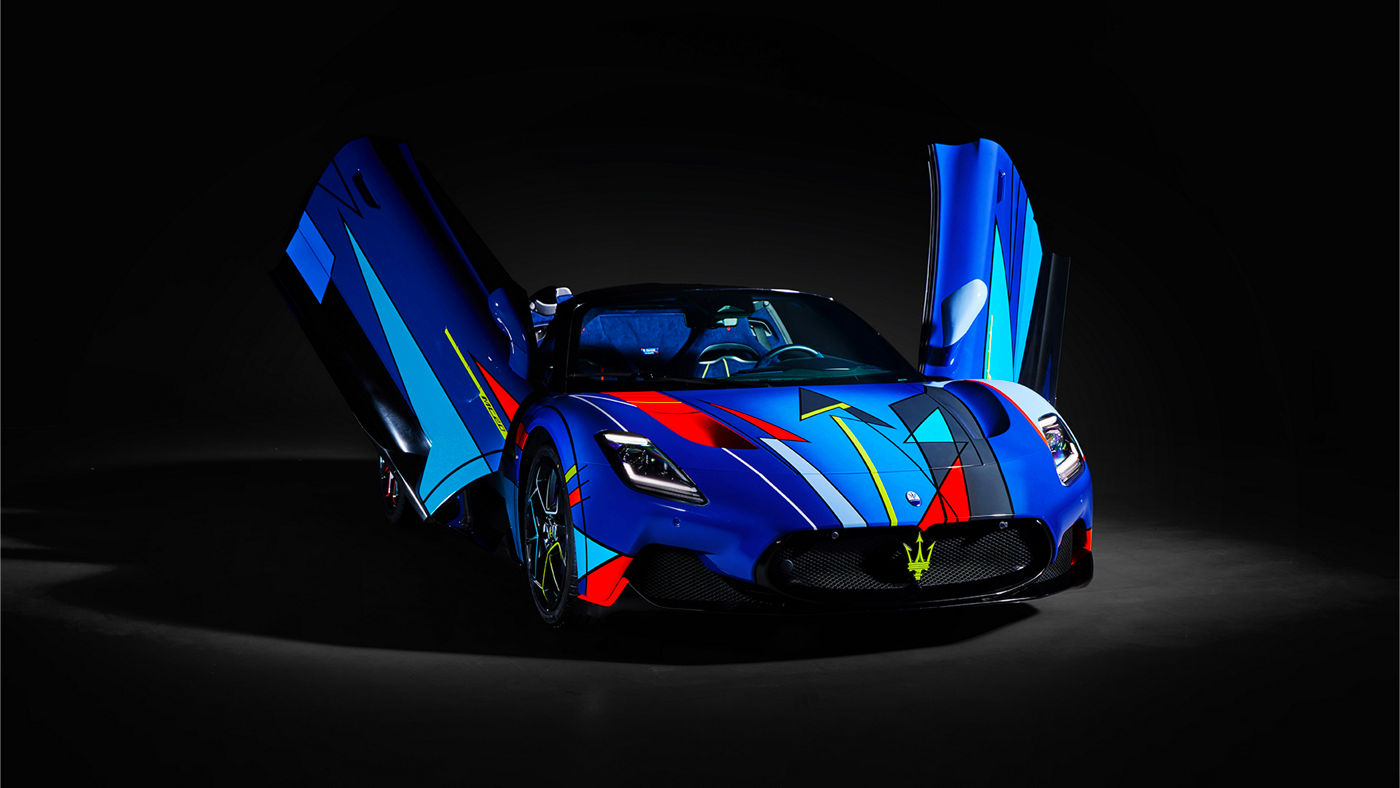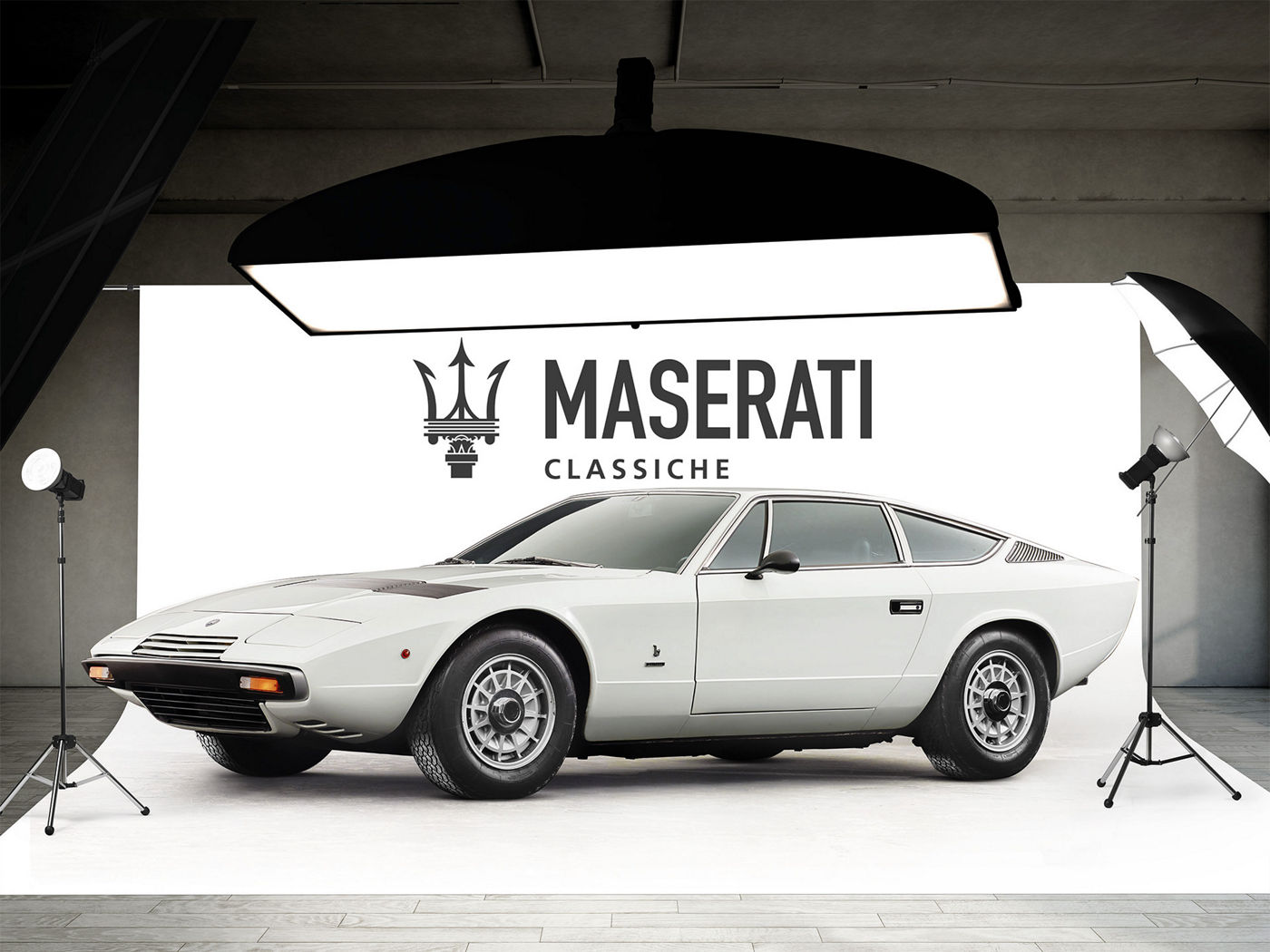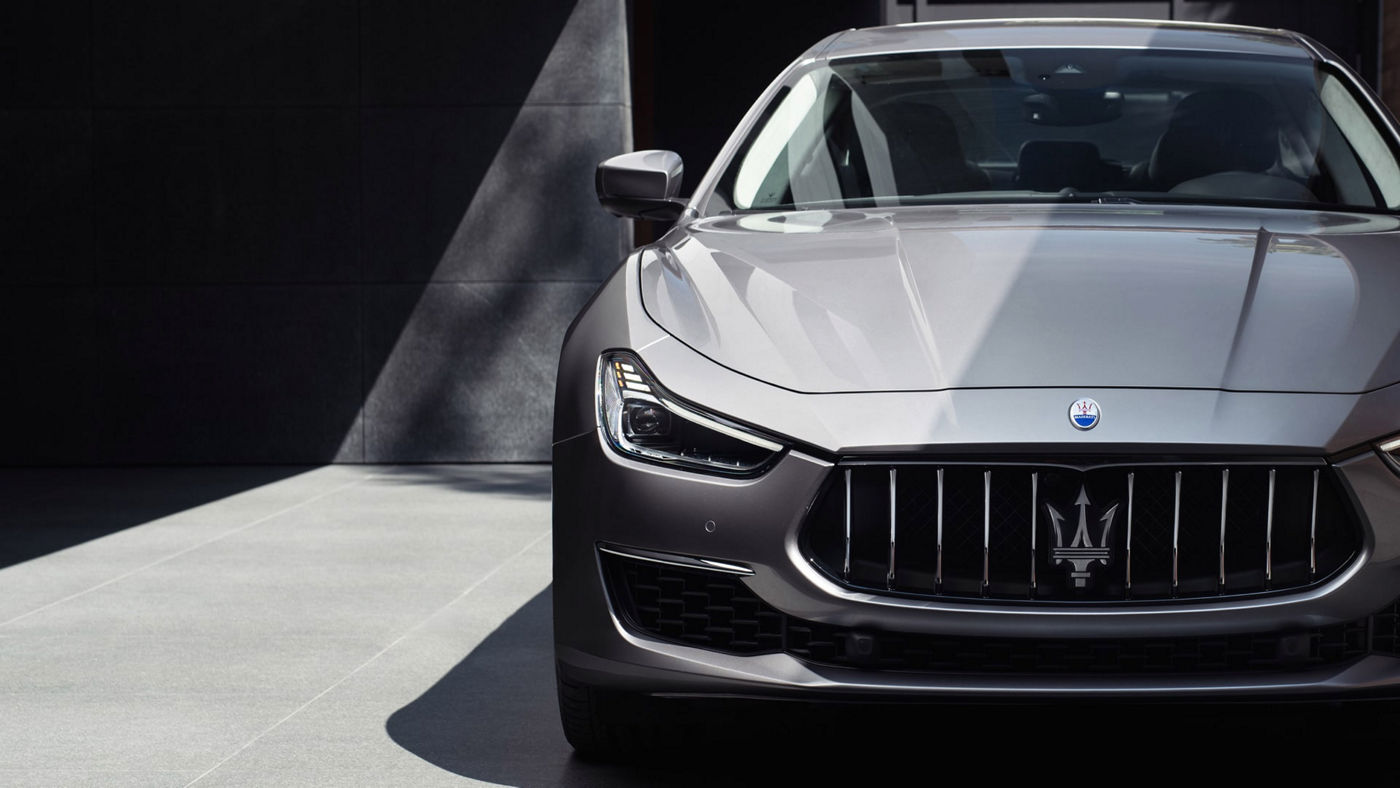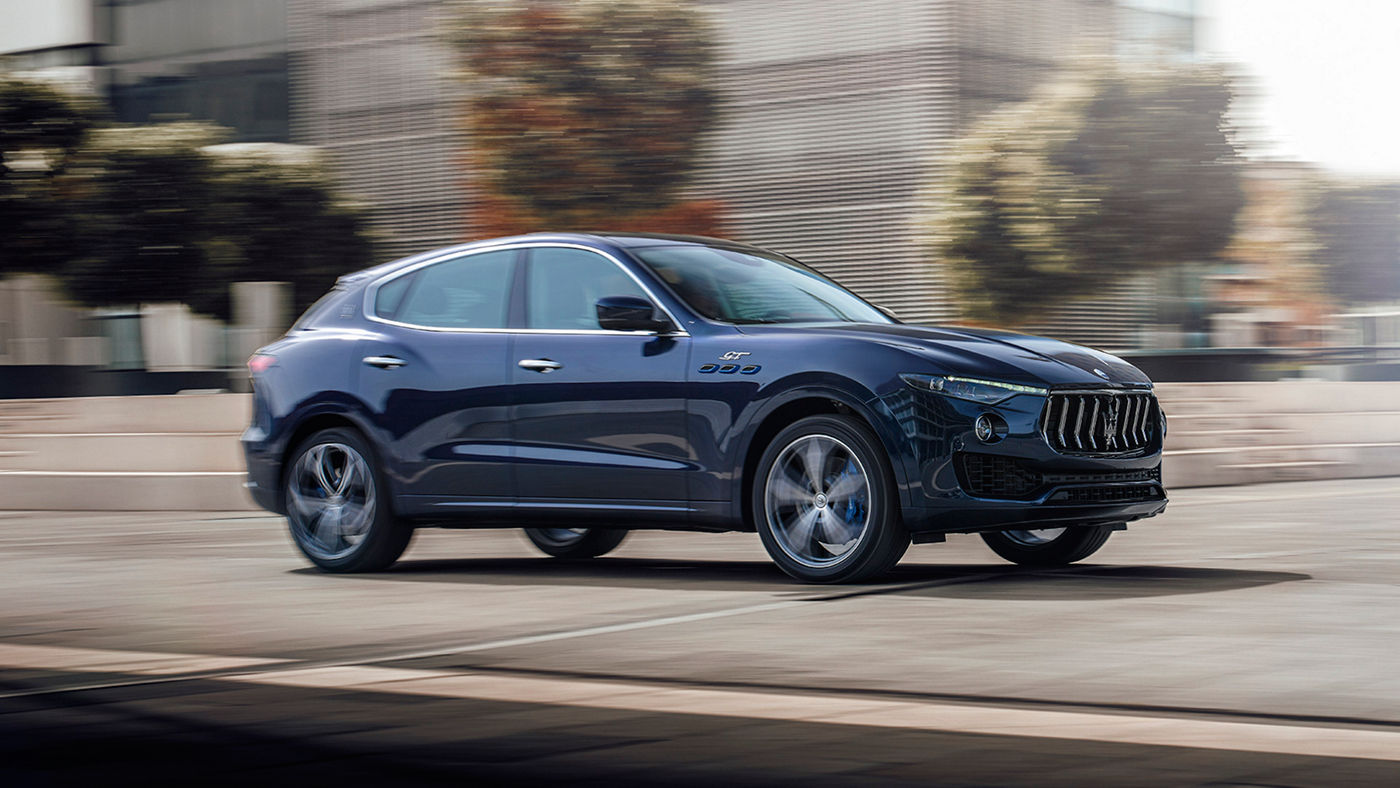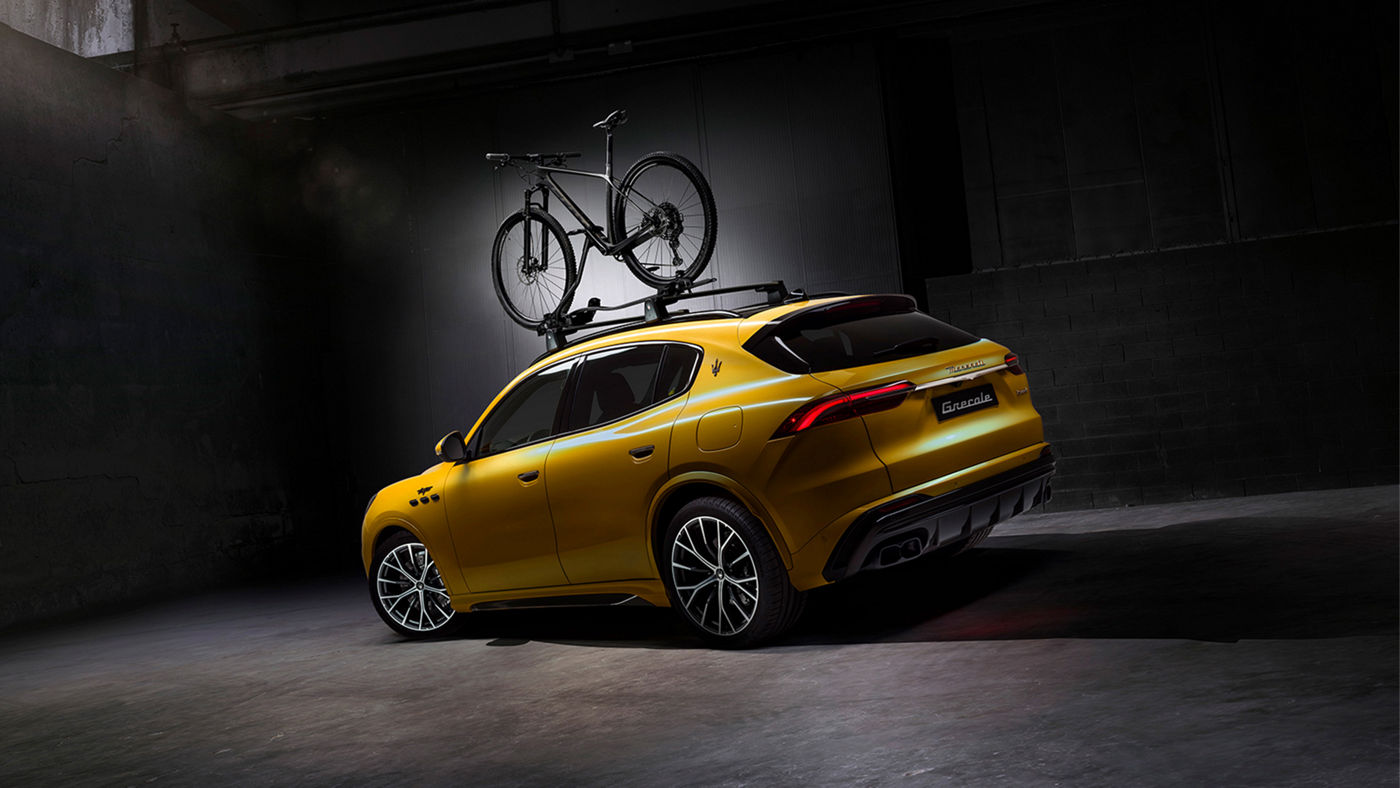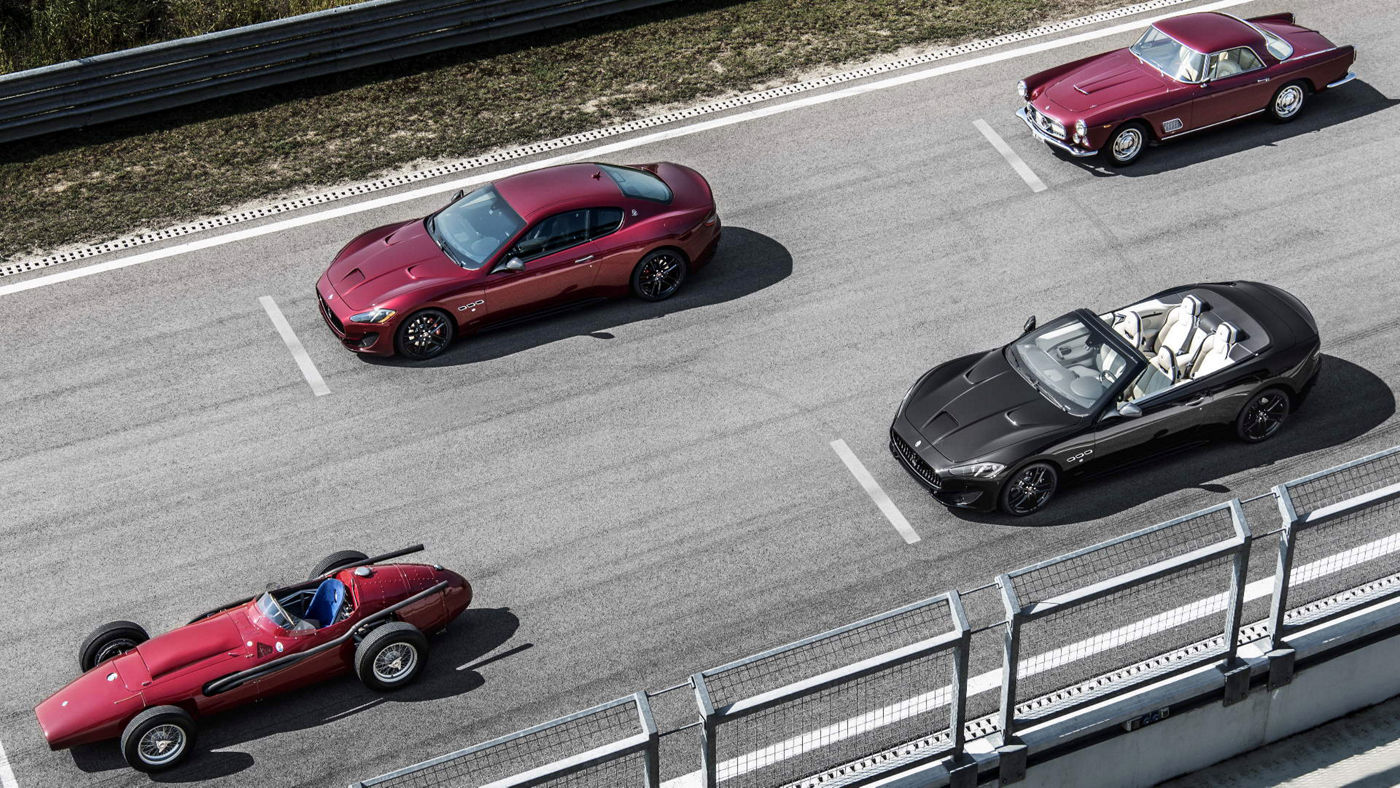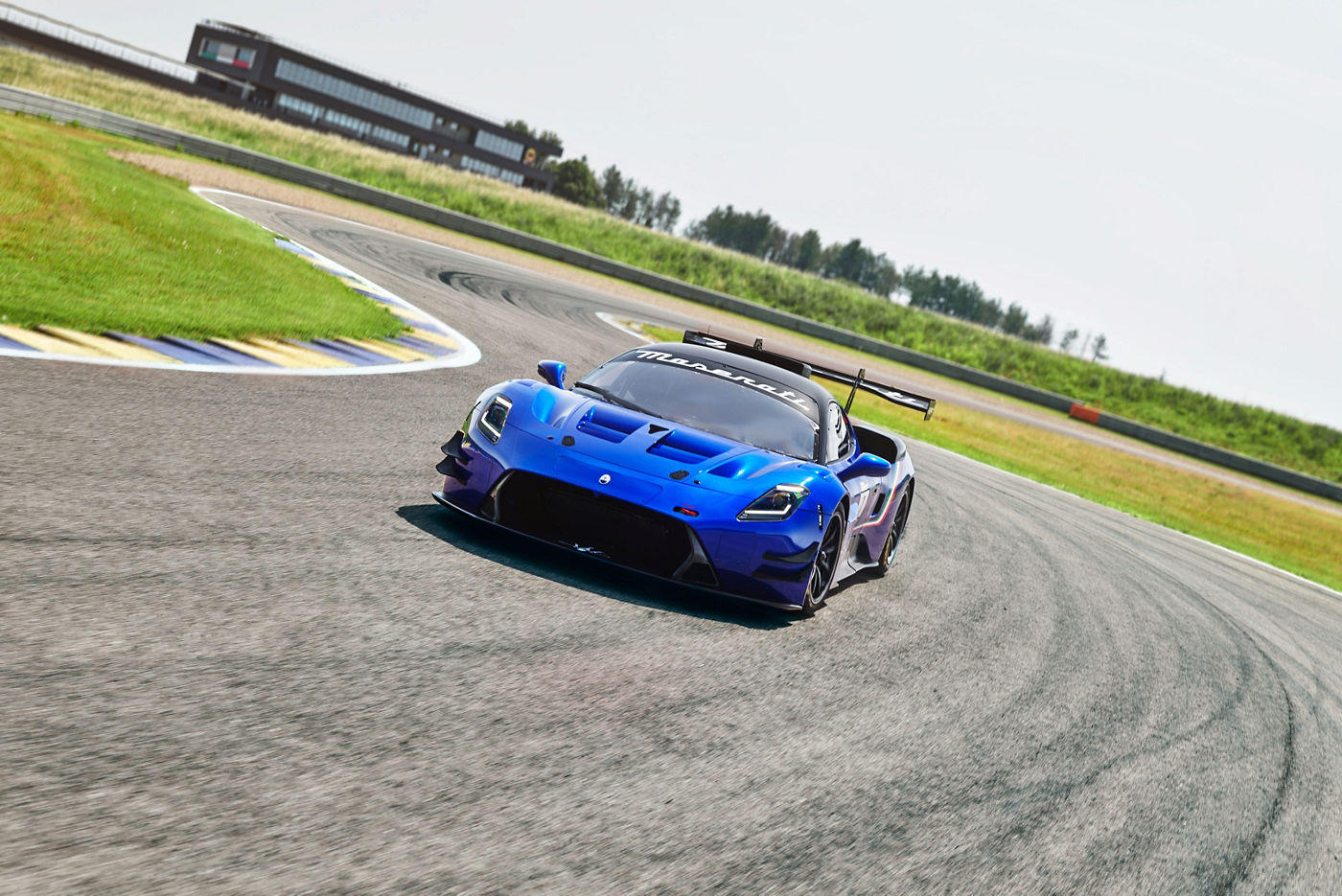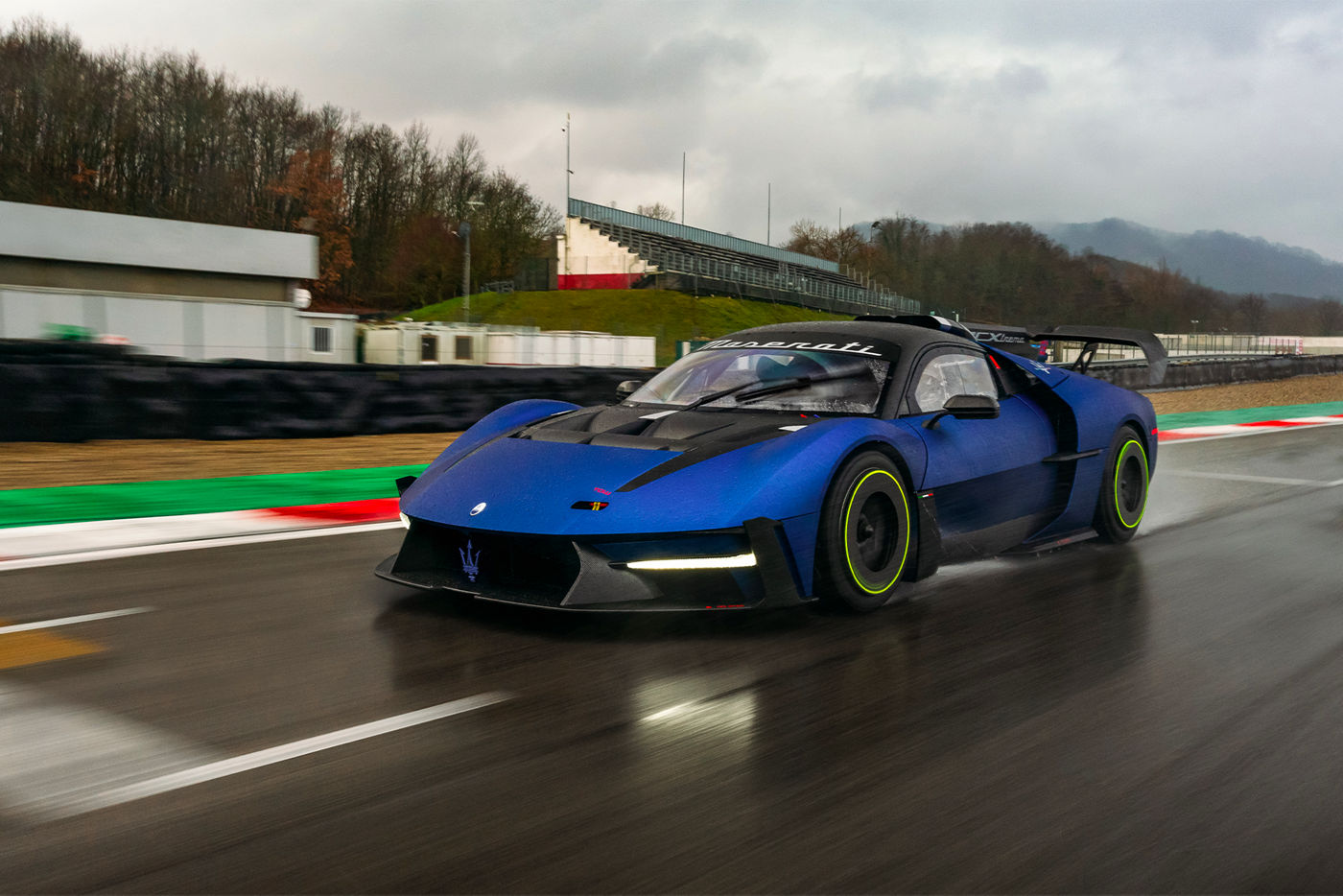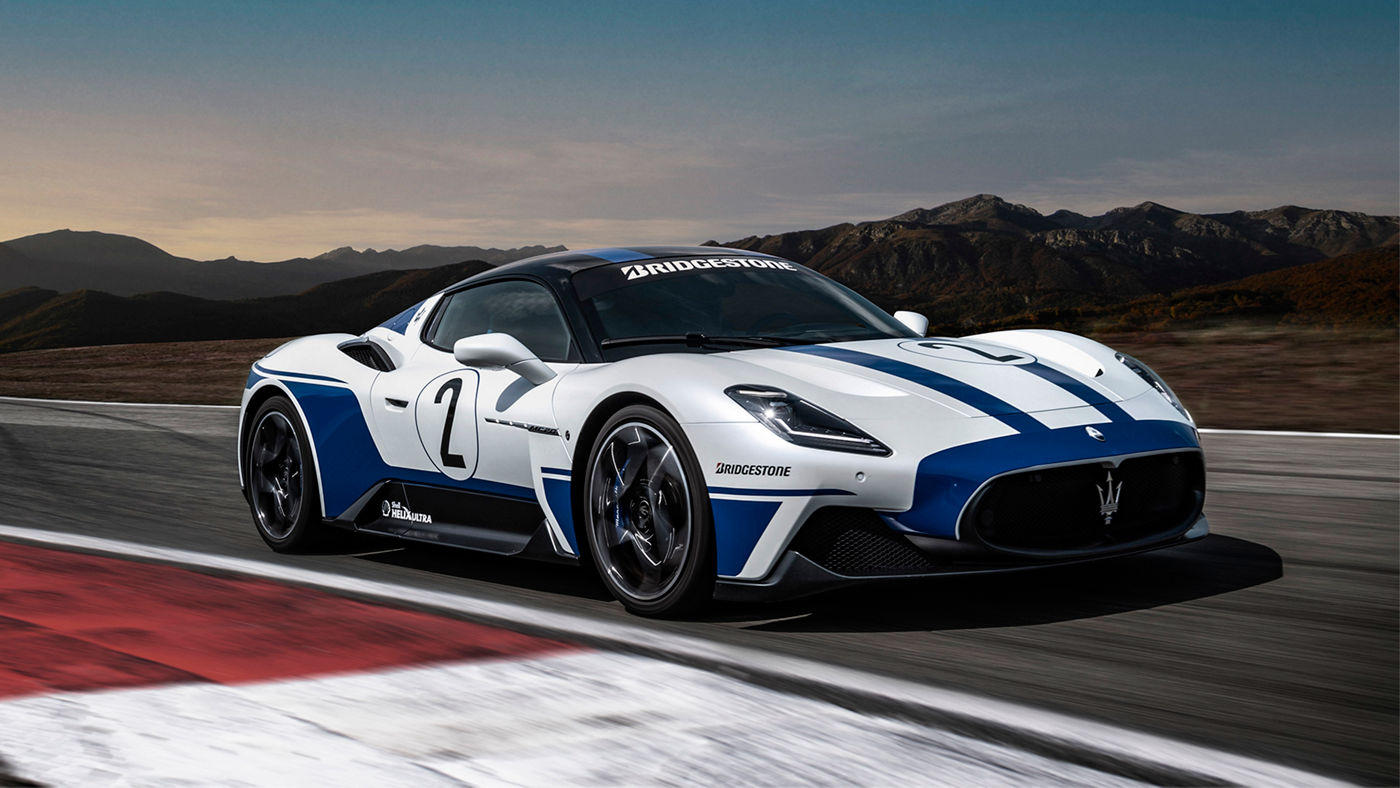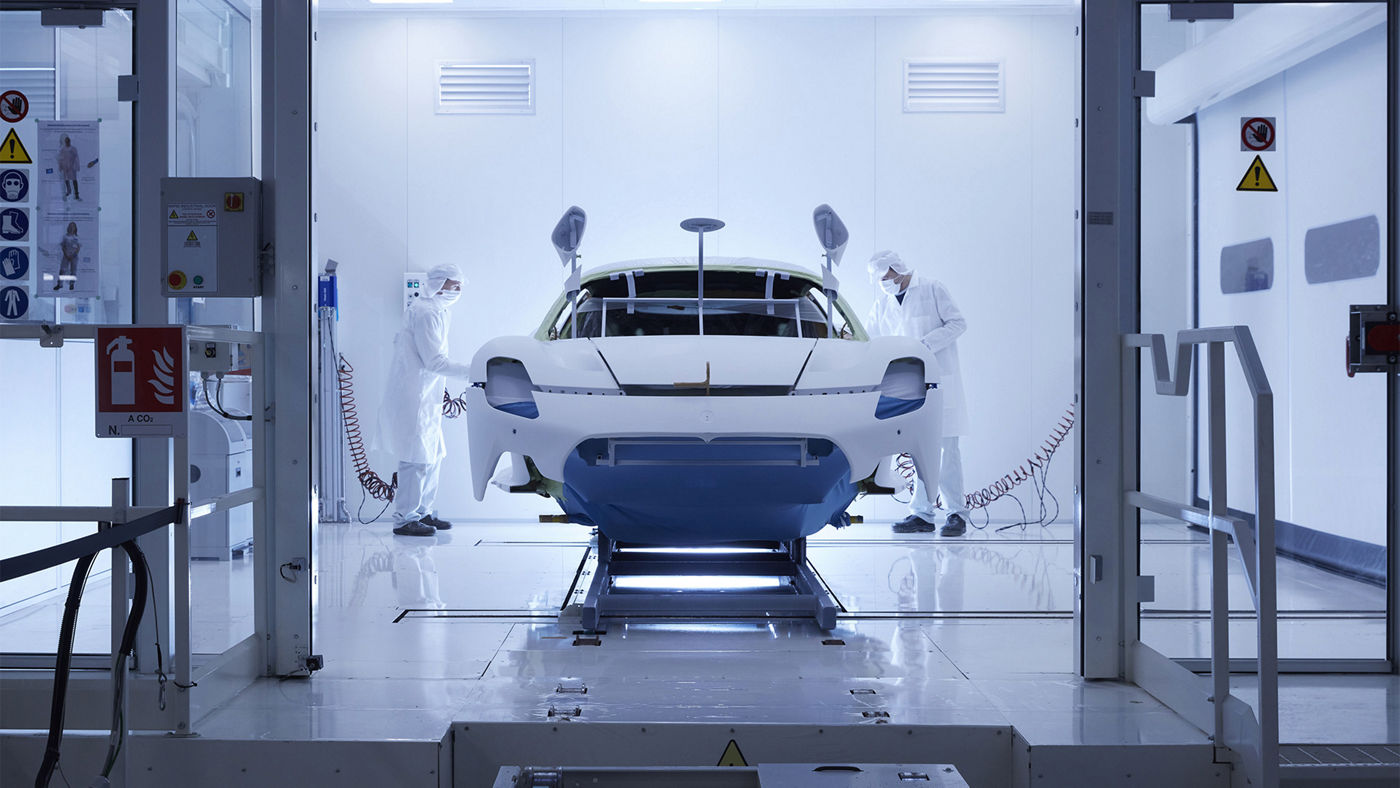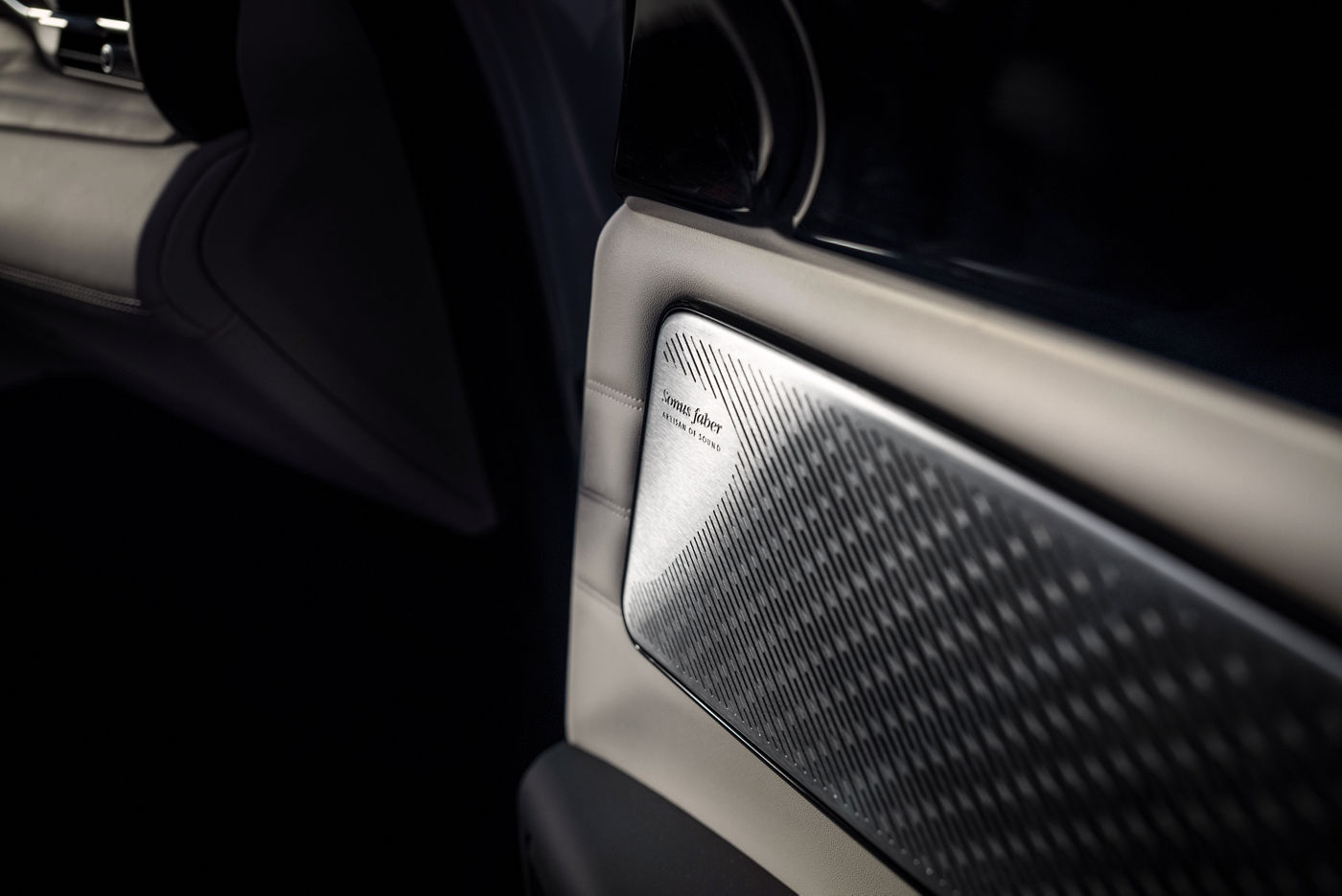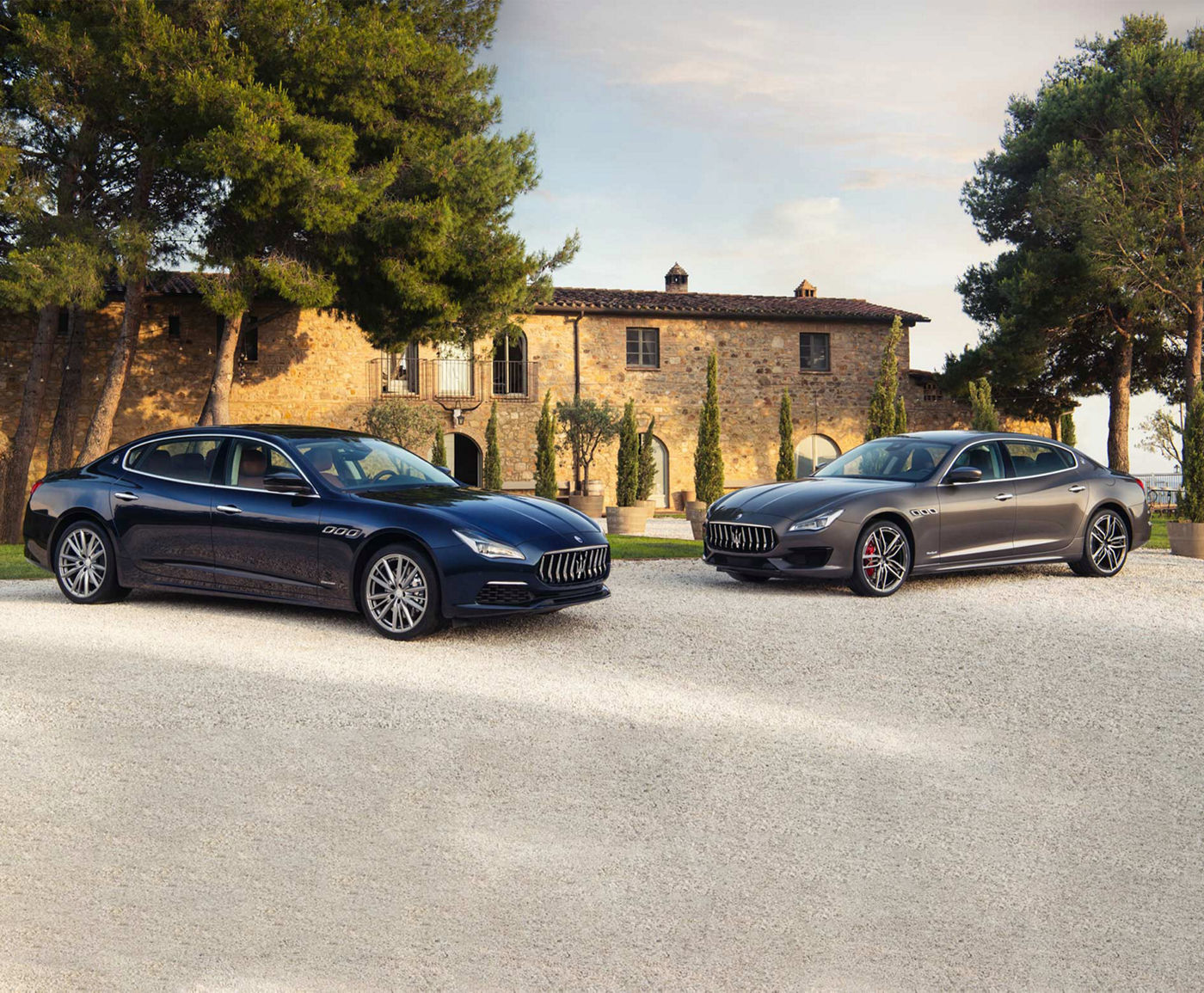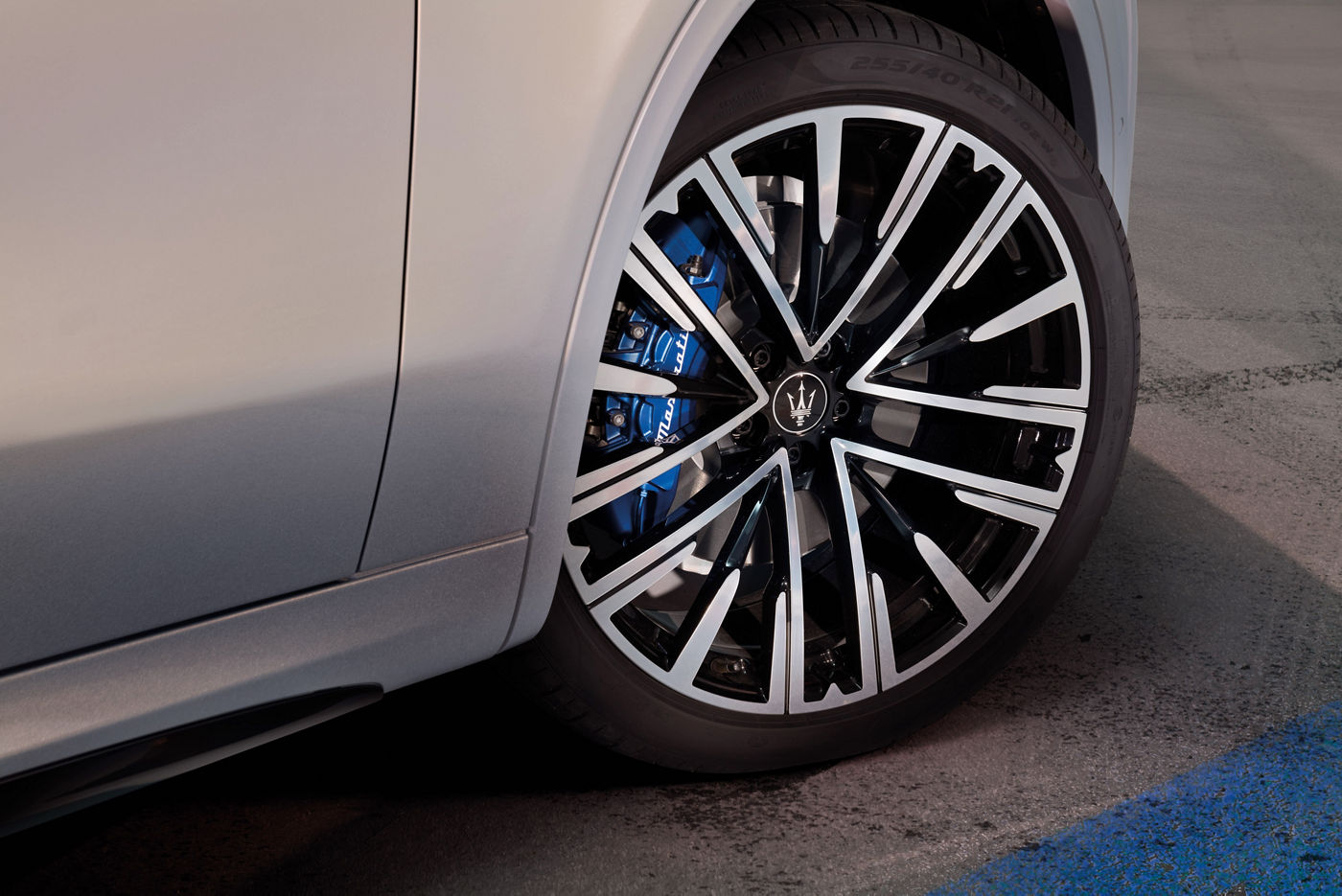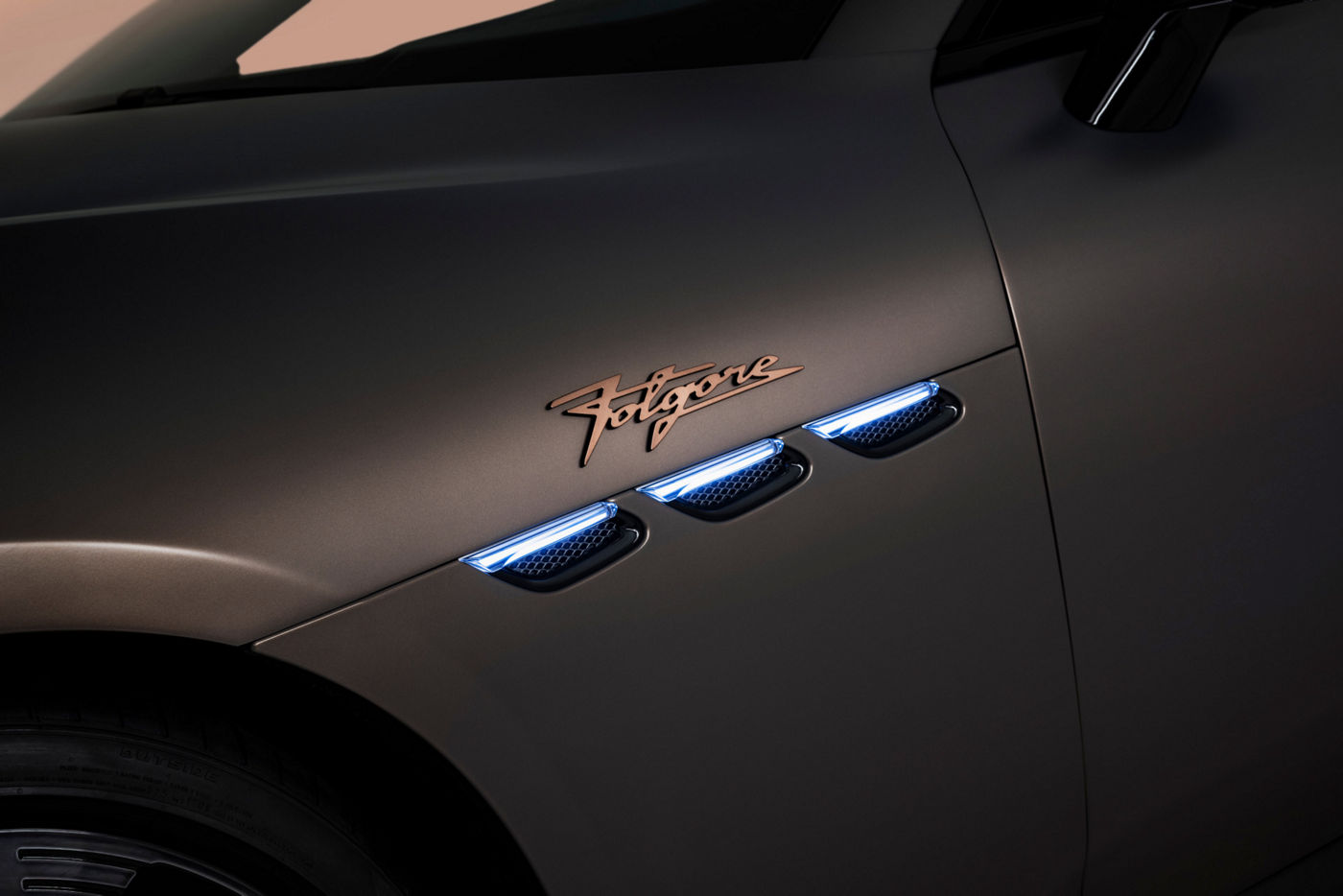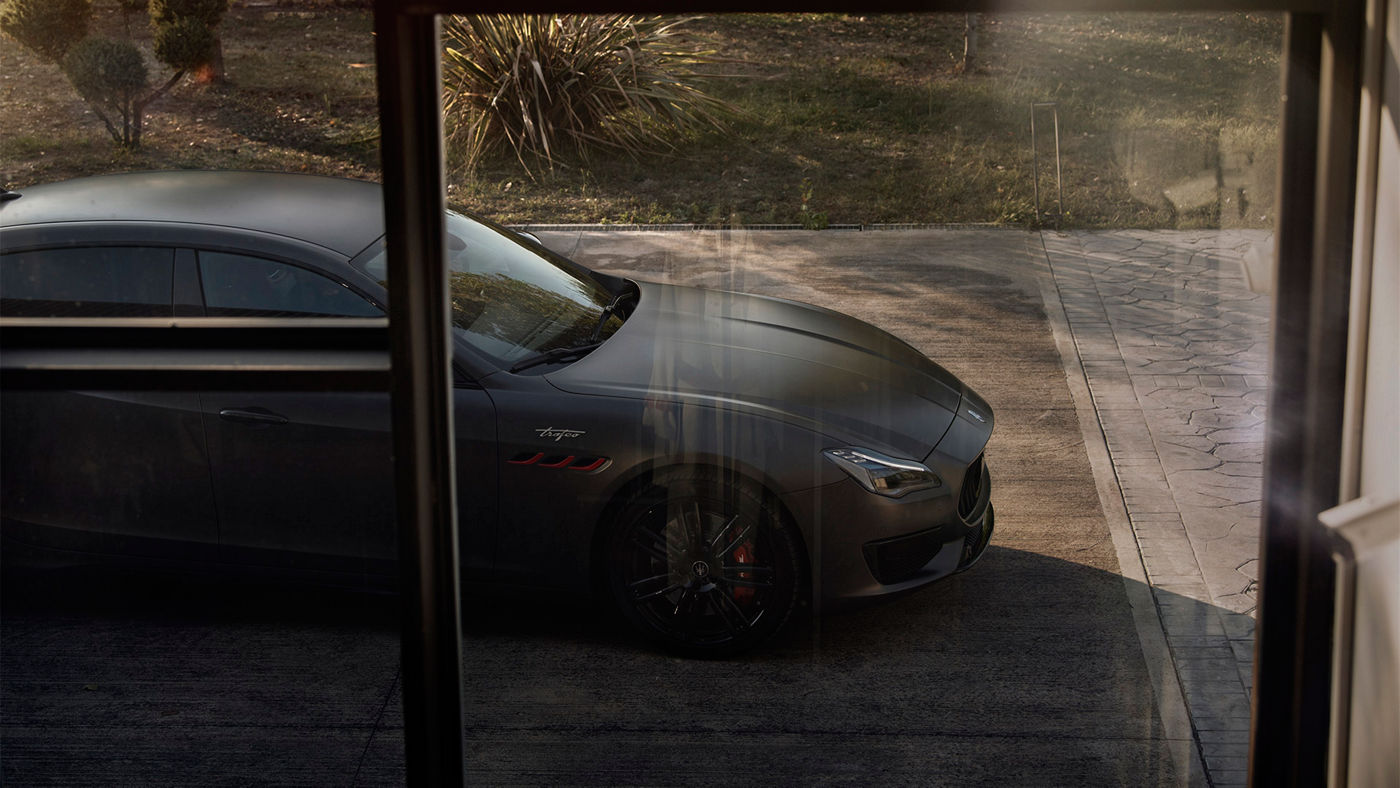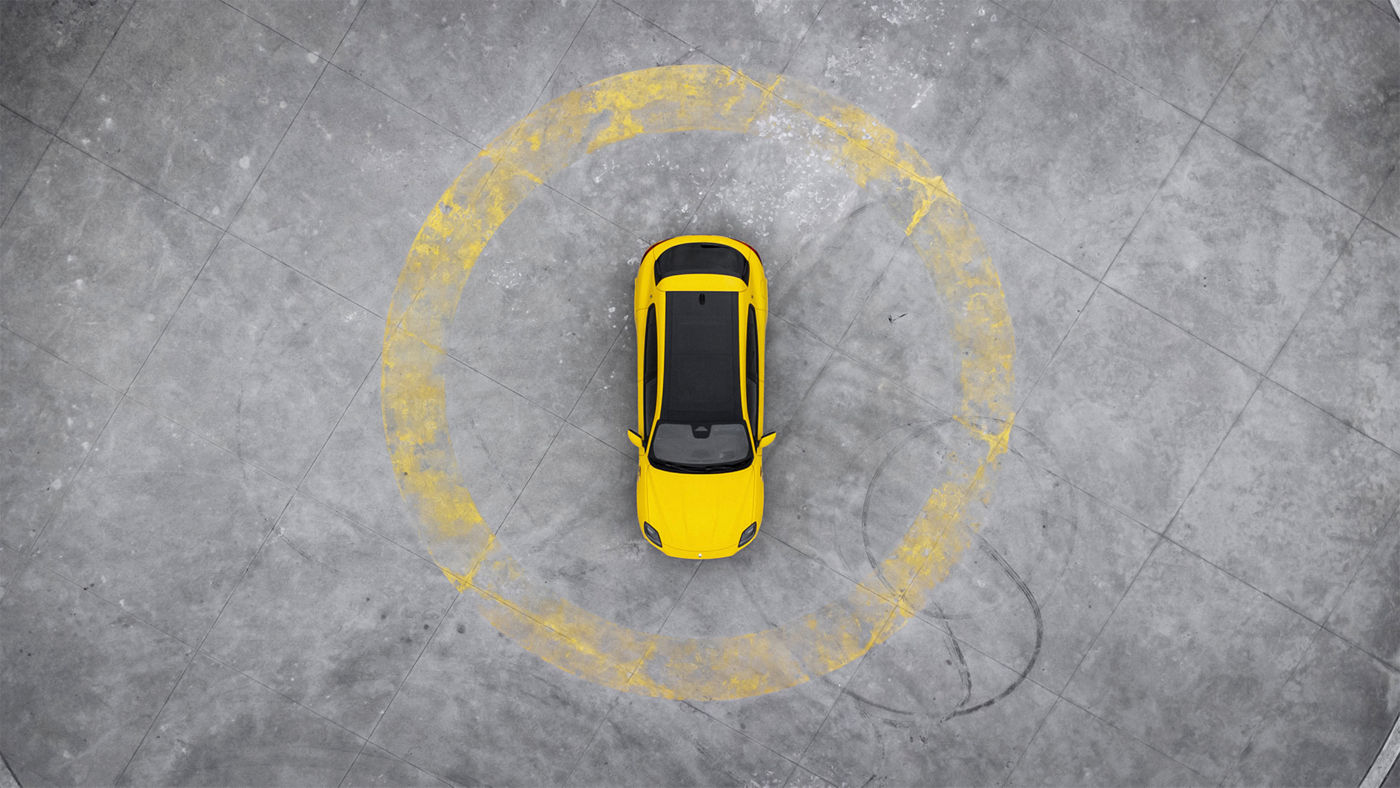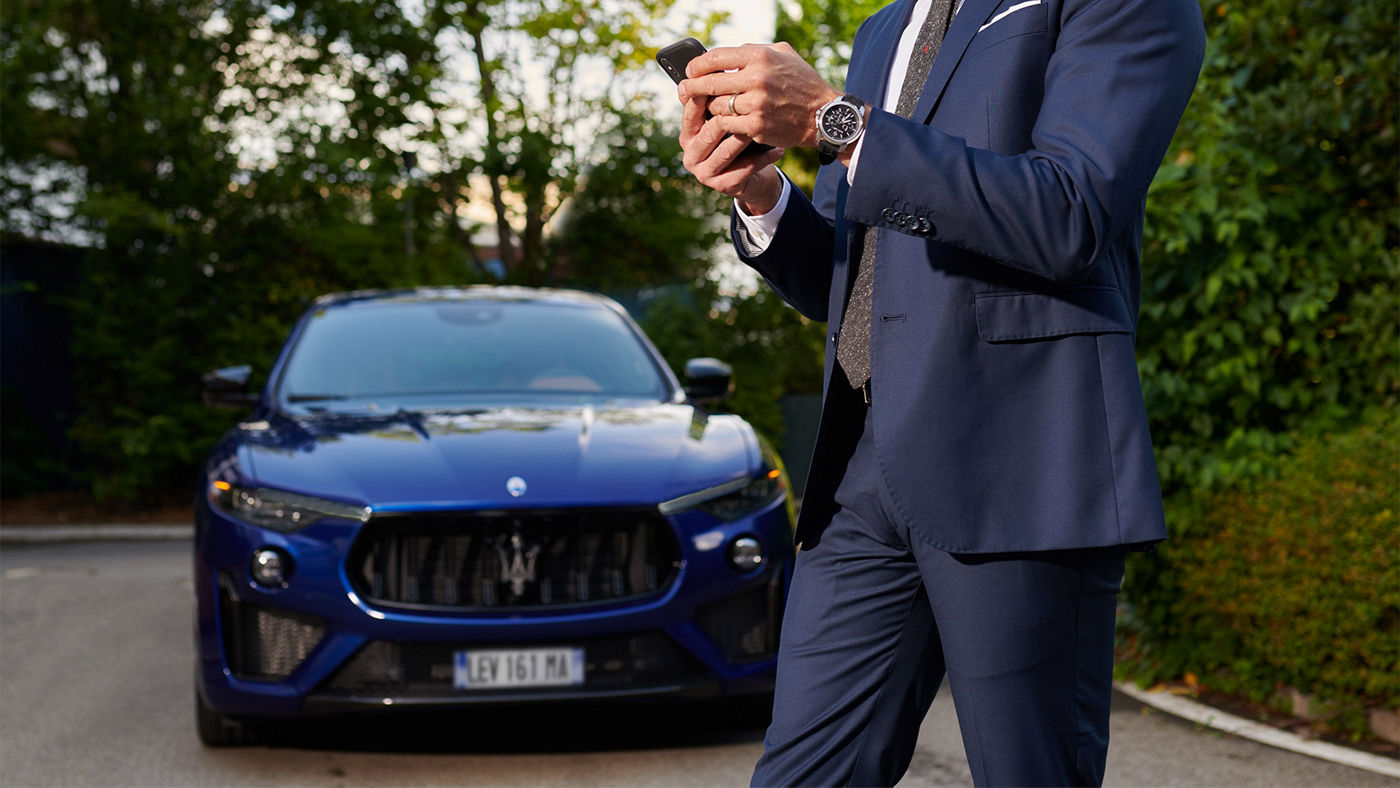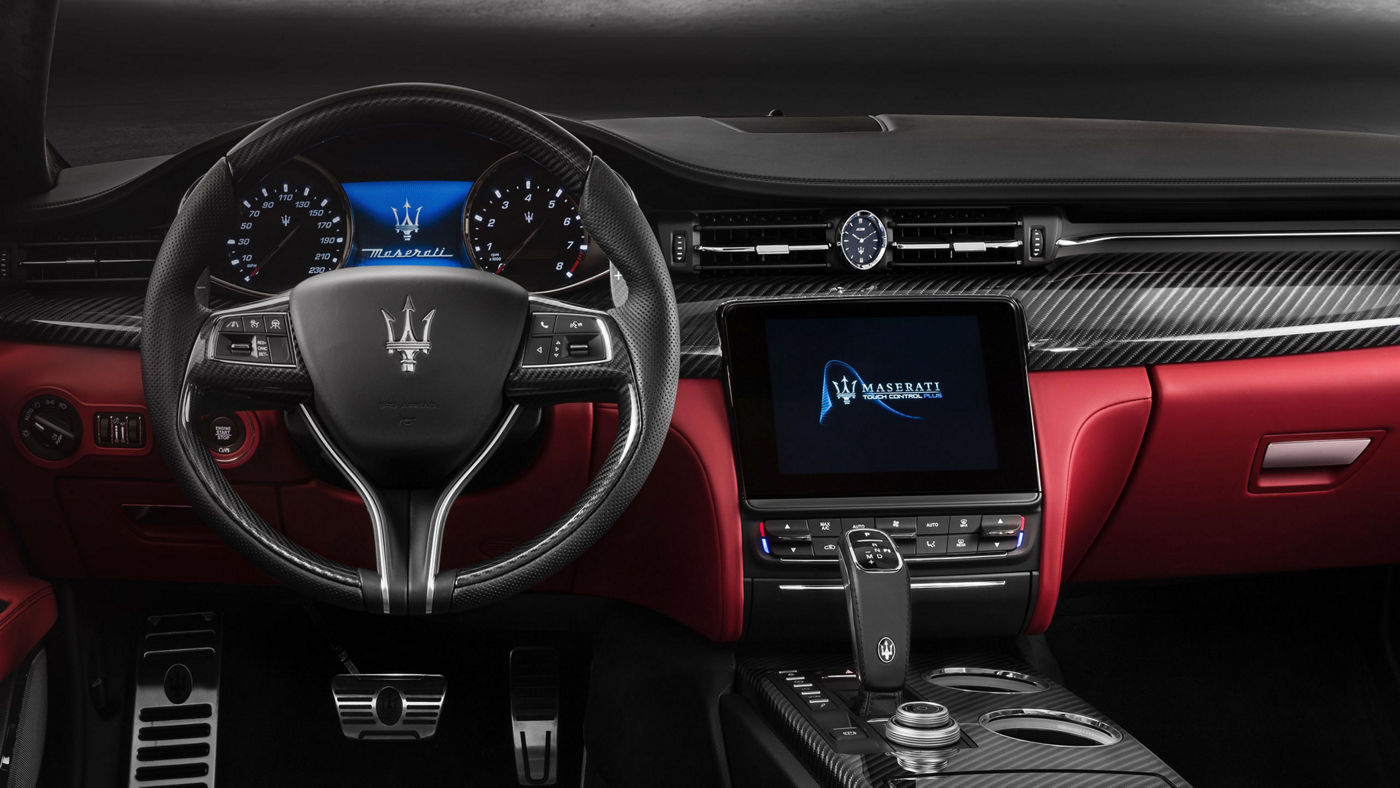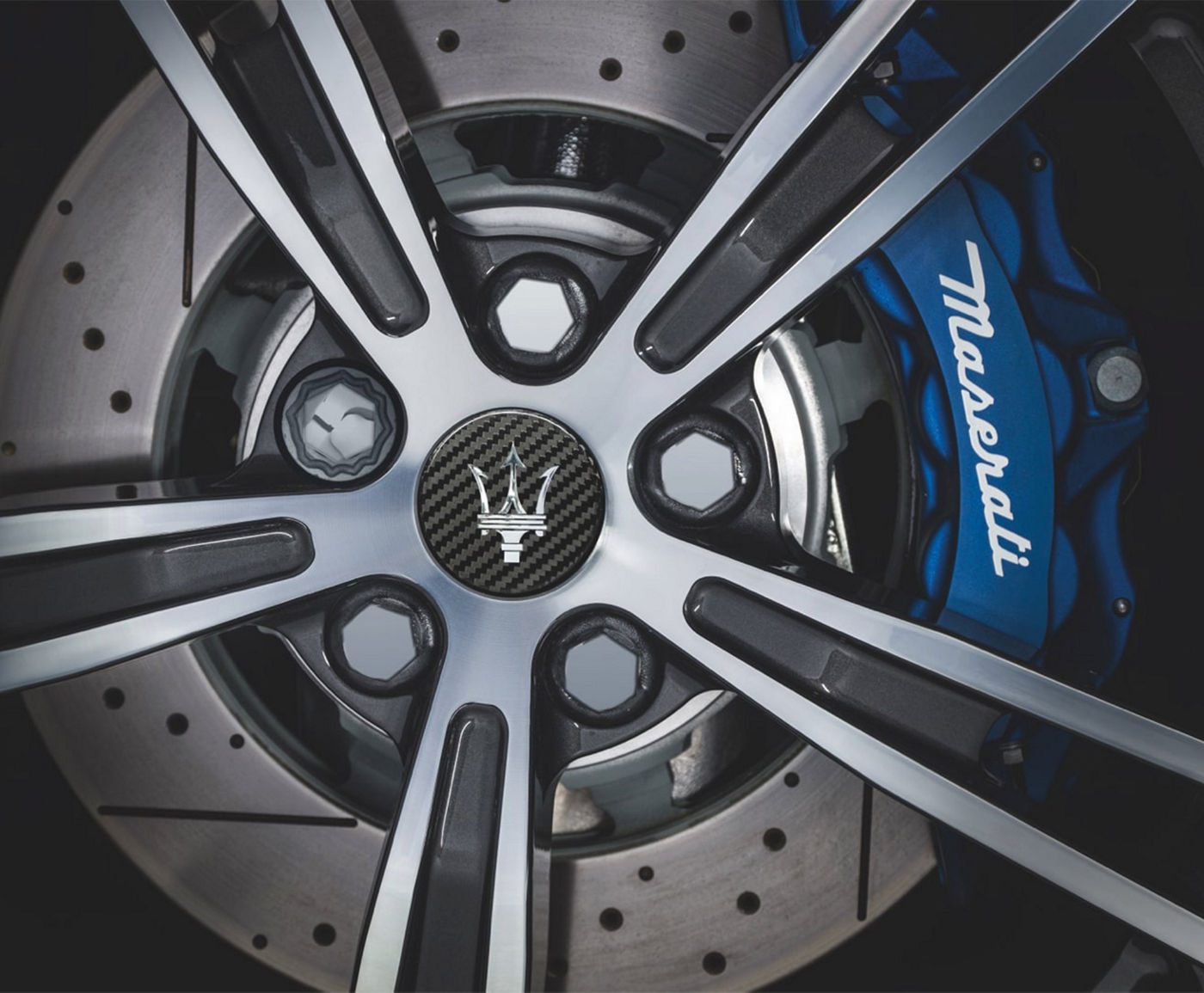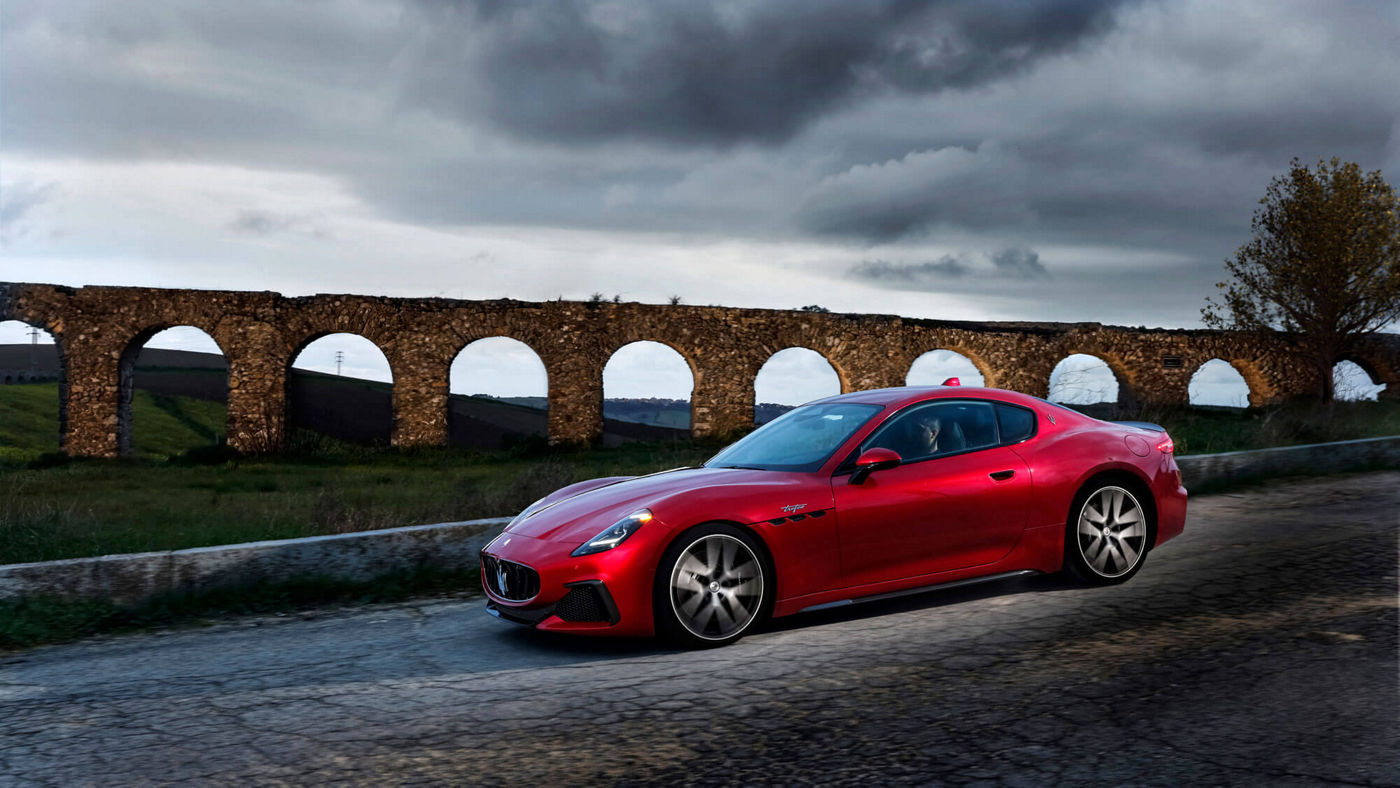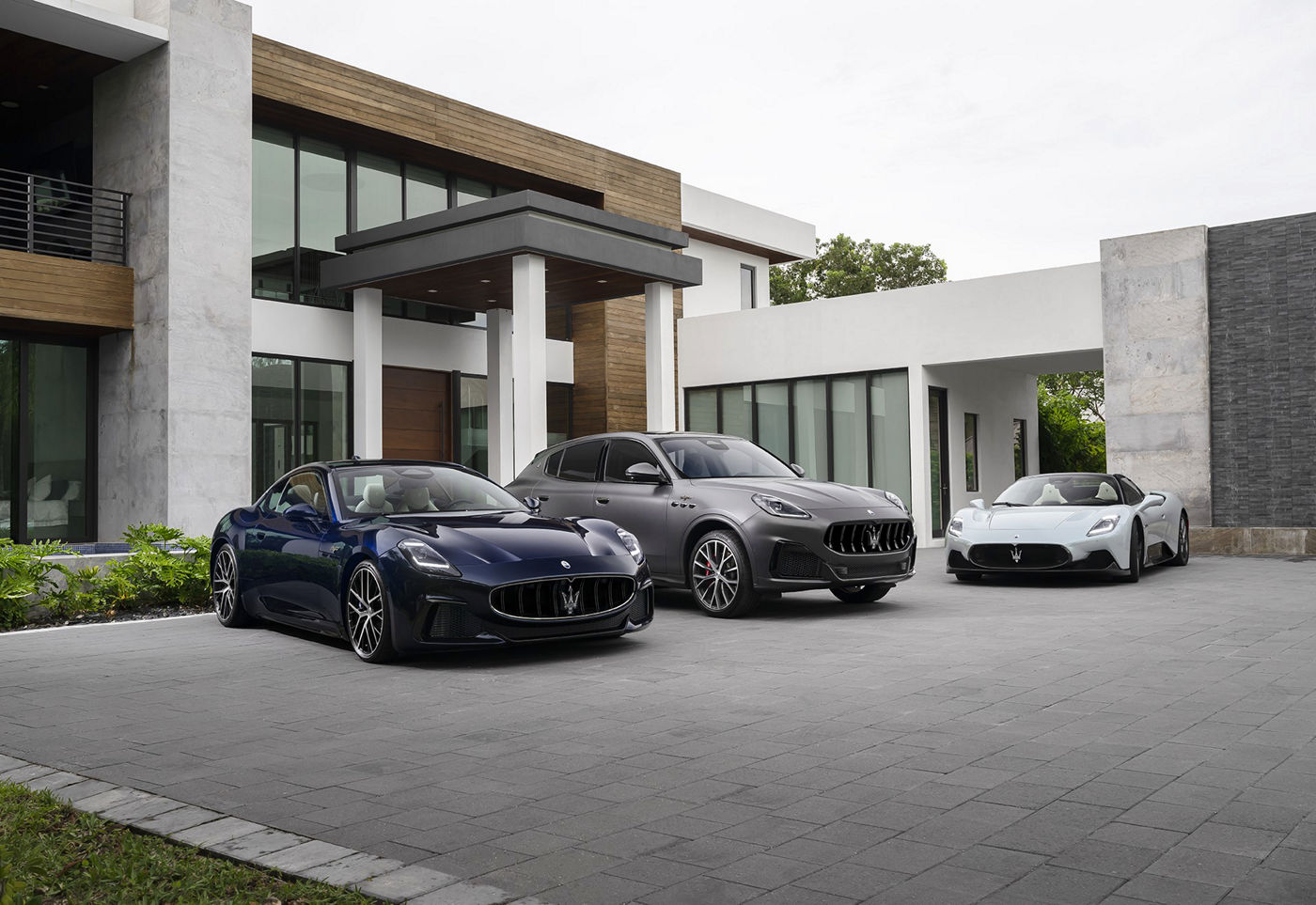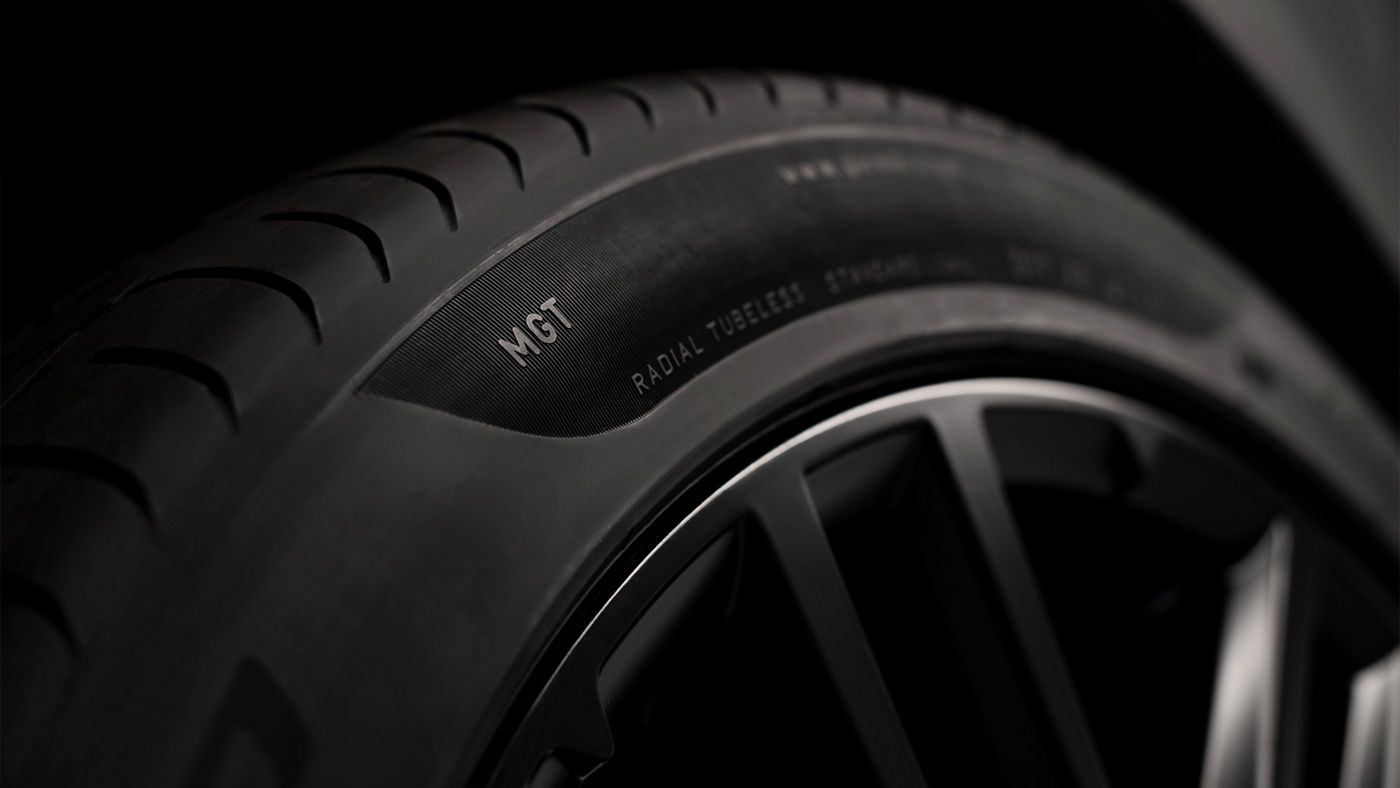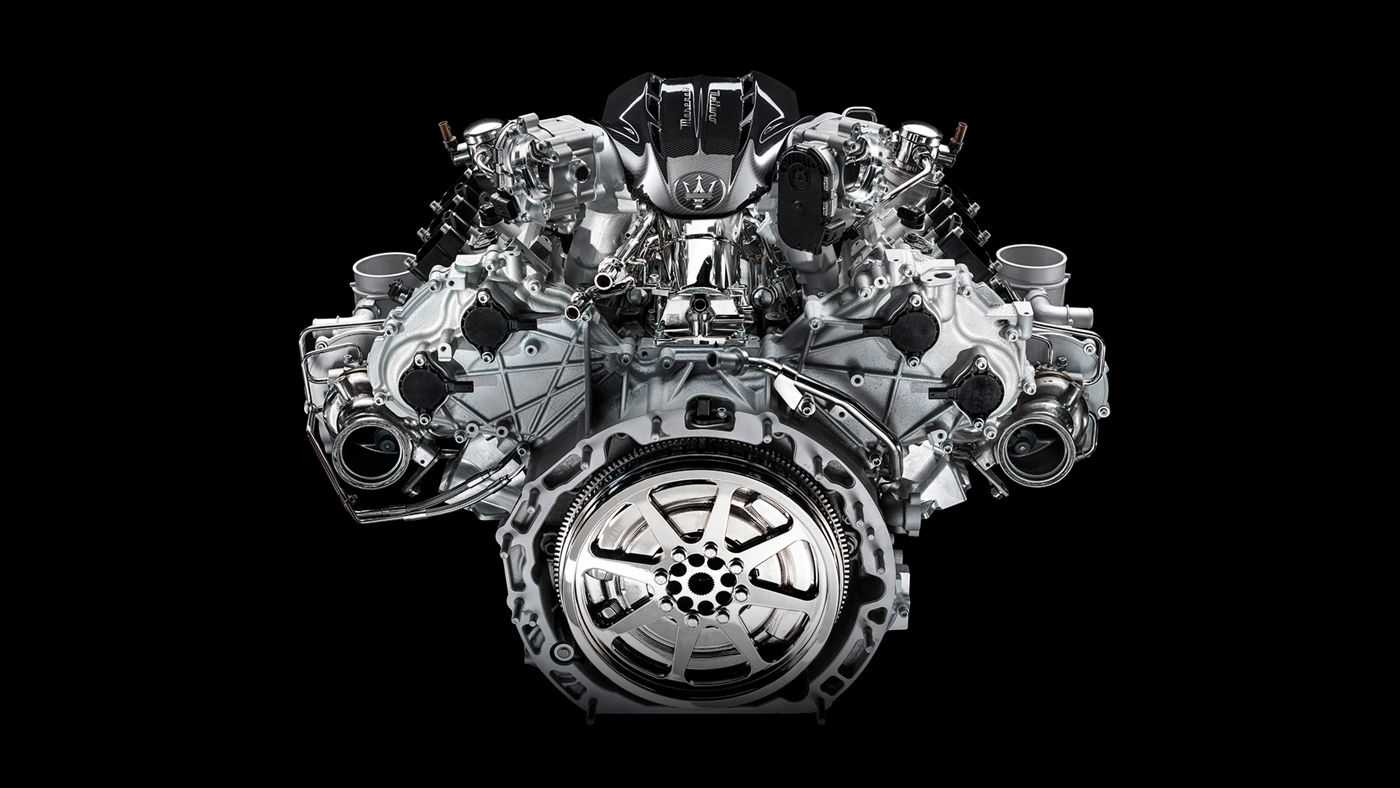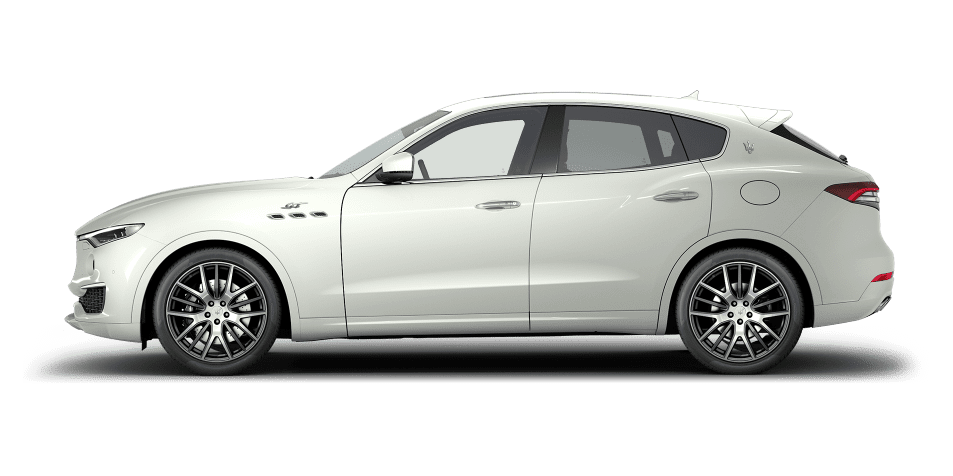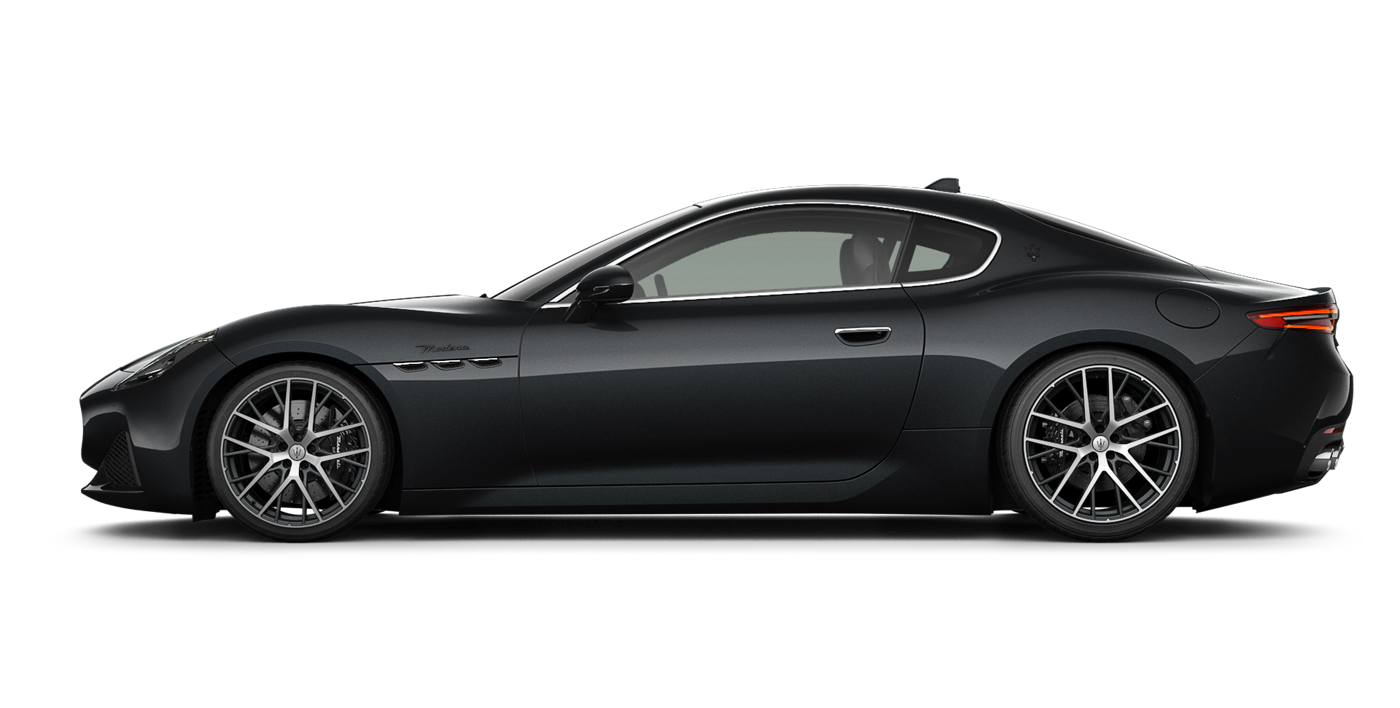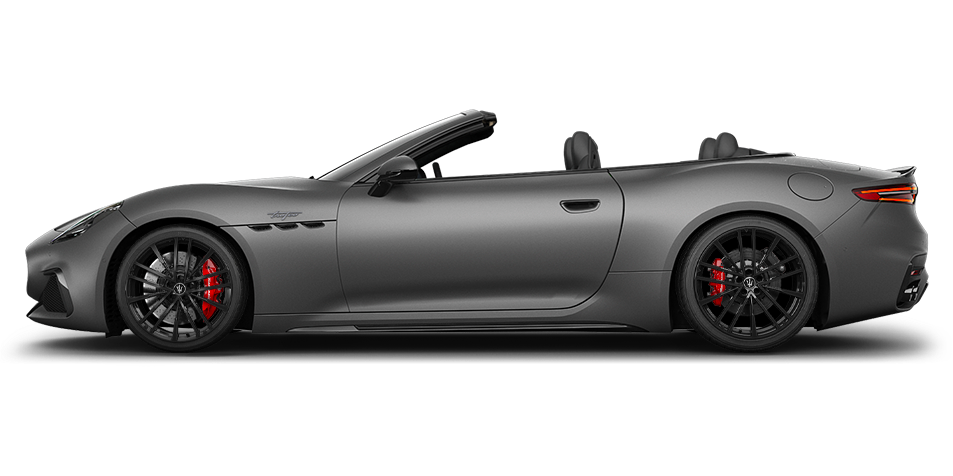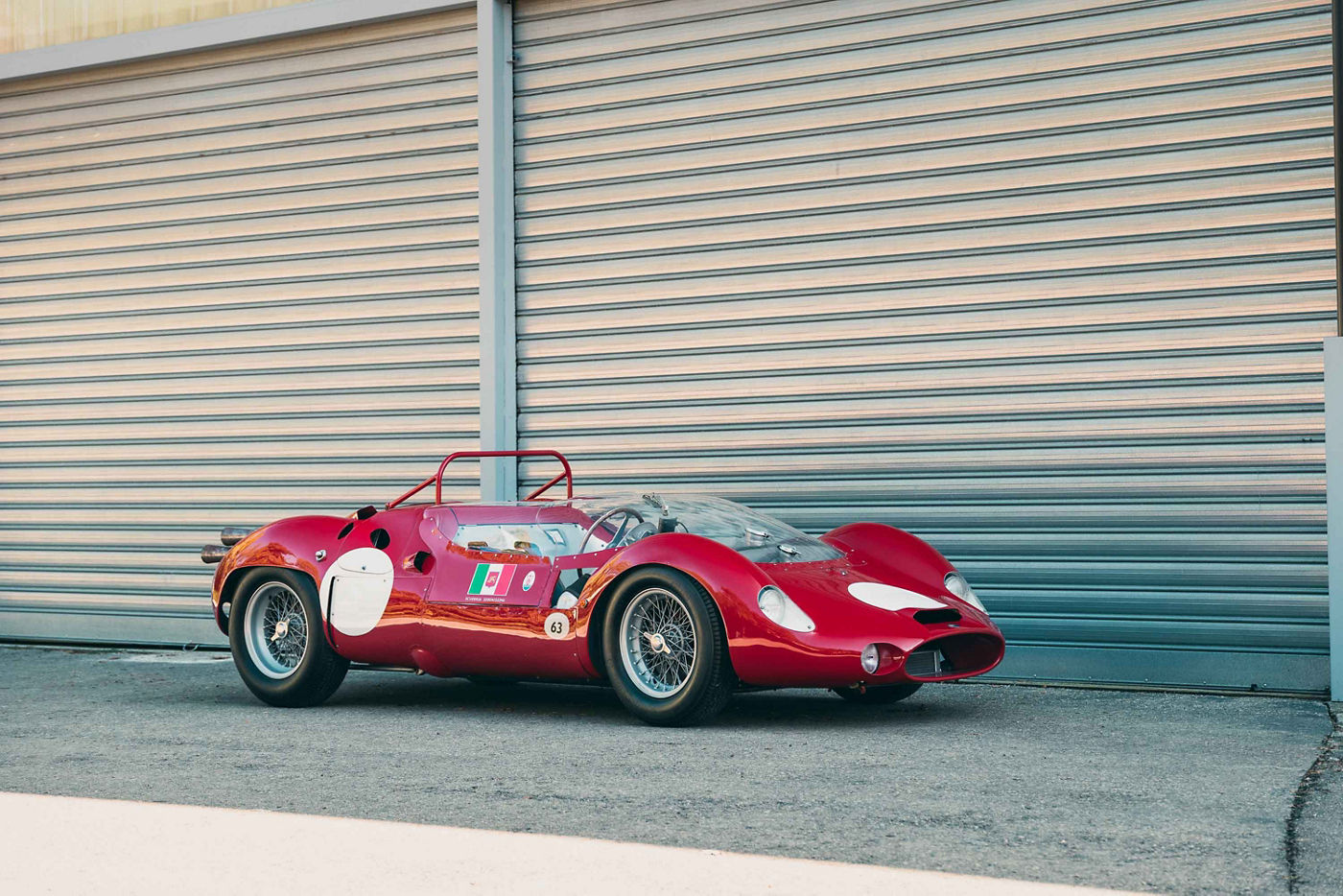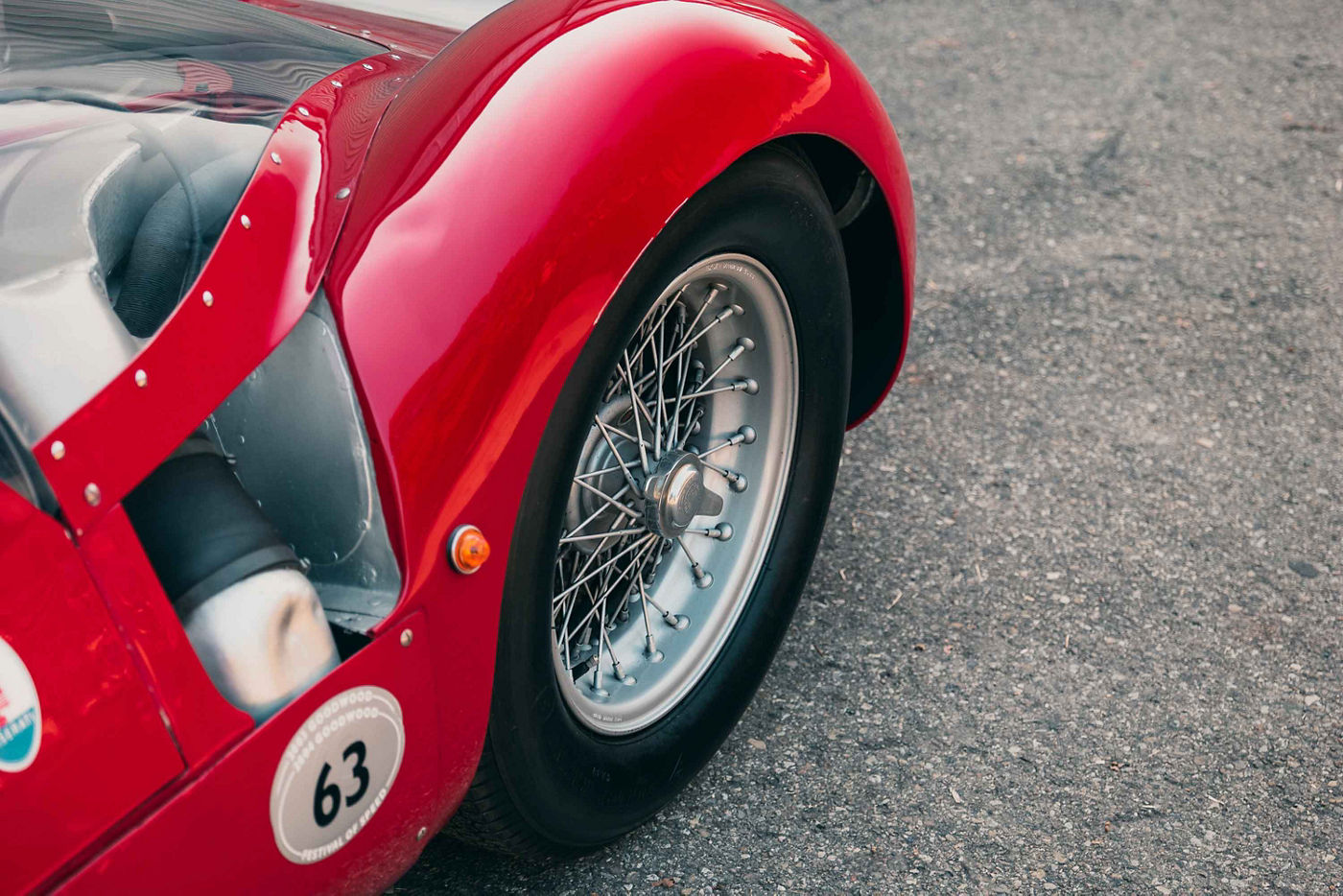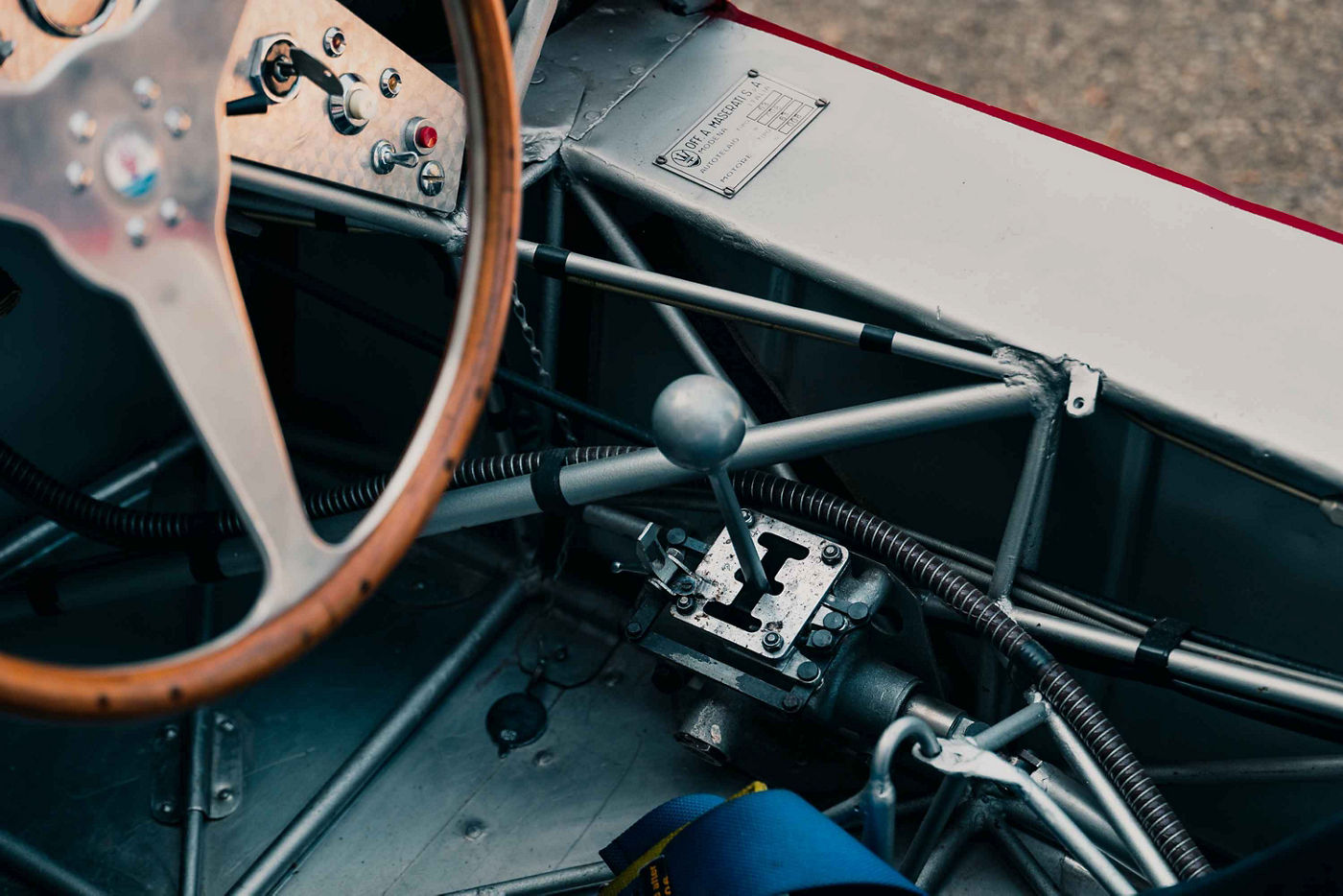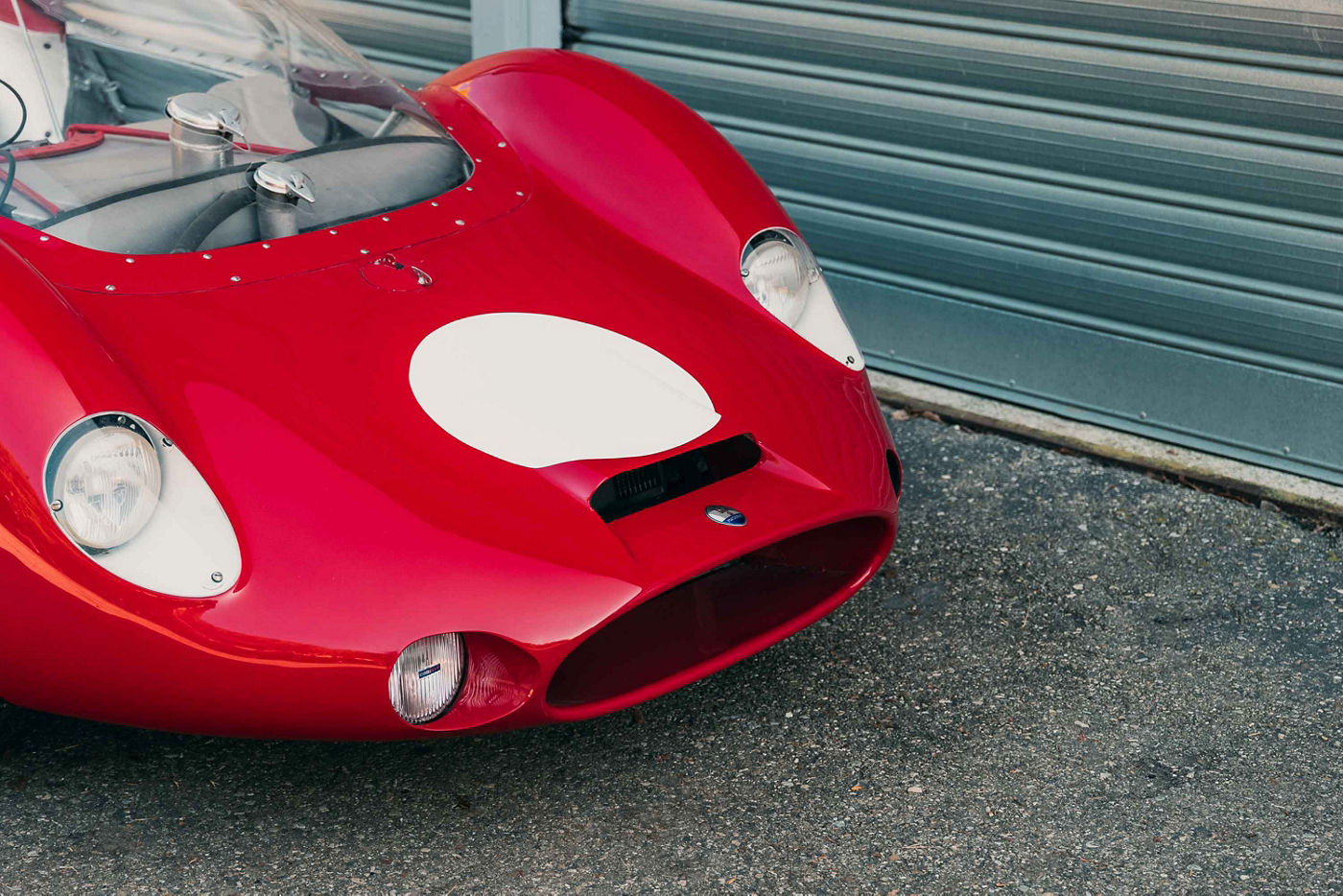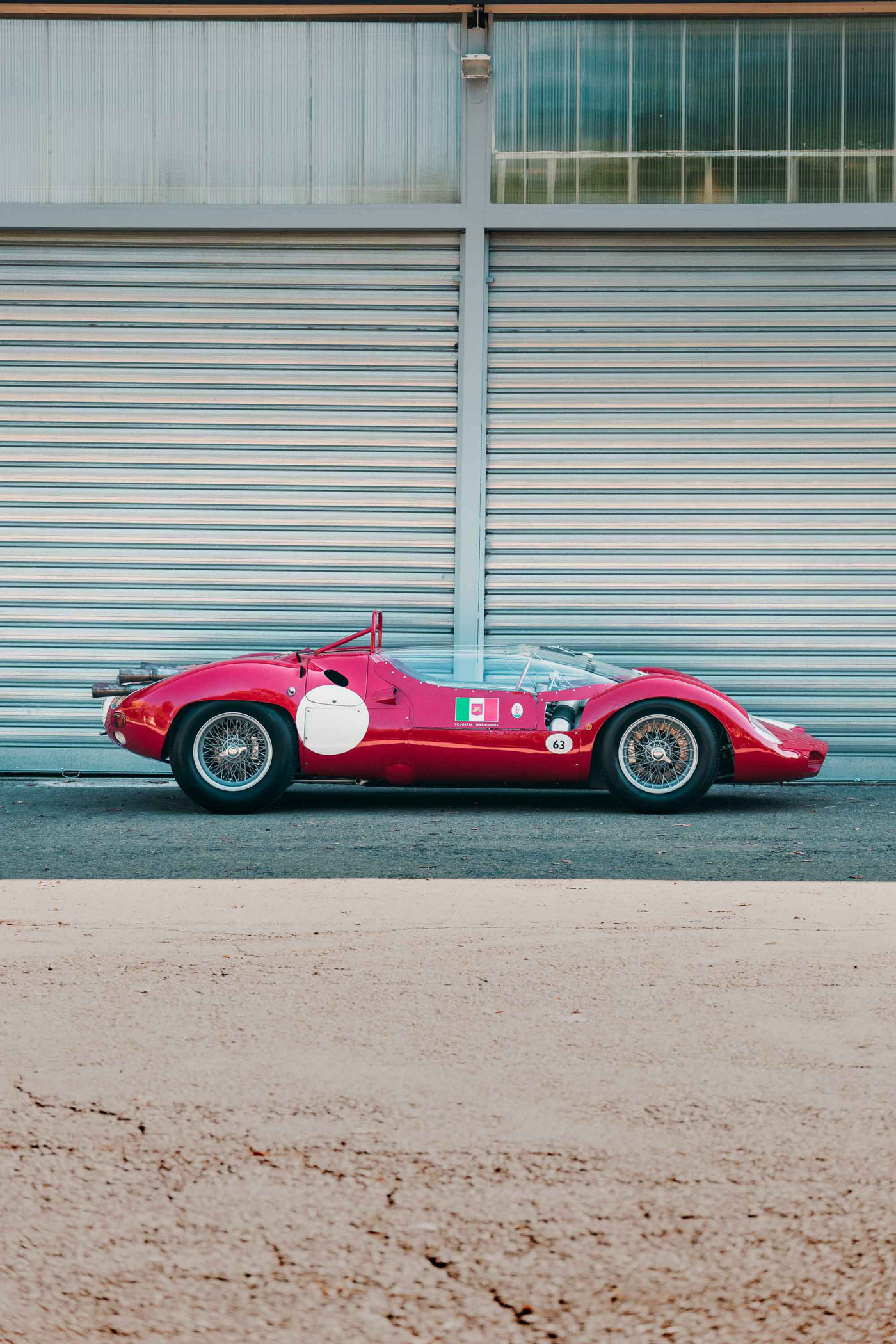VIEW ALL
BEV
MILD HYBRID
Grecale
Ghibli
Levante
Quattroporte
GranTurismo
GranCabrio
MC20
MC20 Cielo
GT2 Stradale
Folgore
Fuoriserie
Special Series
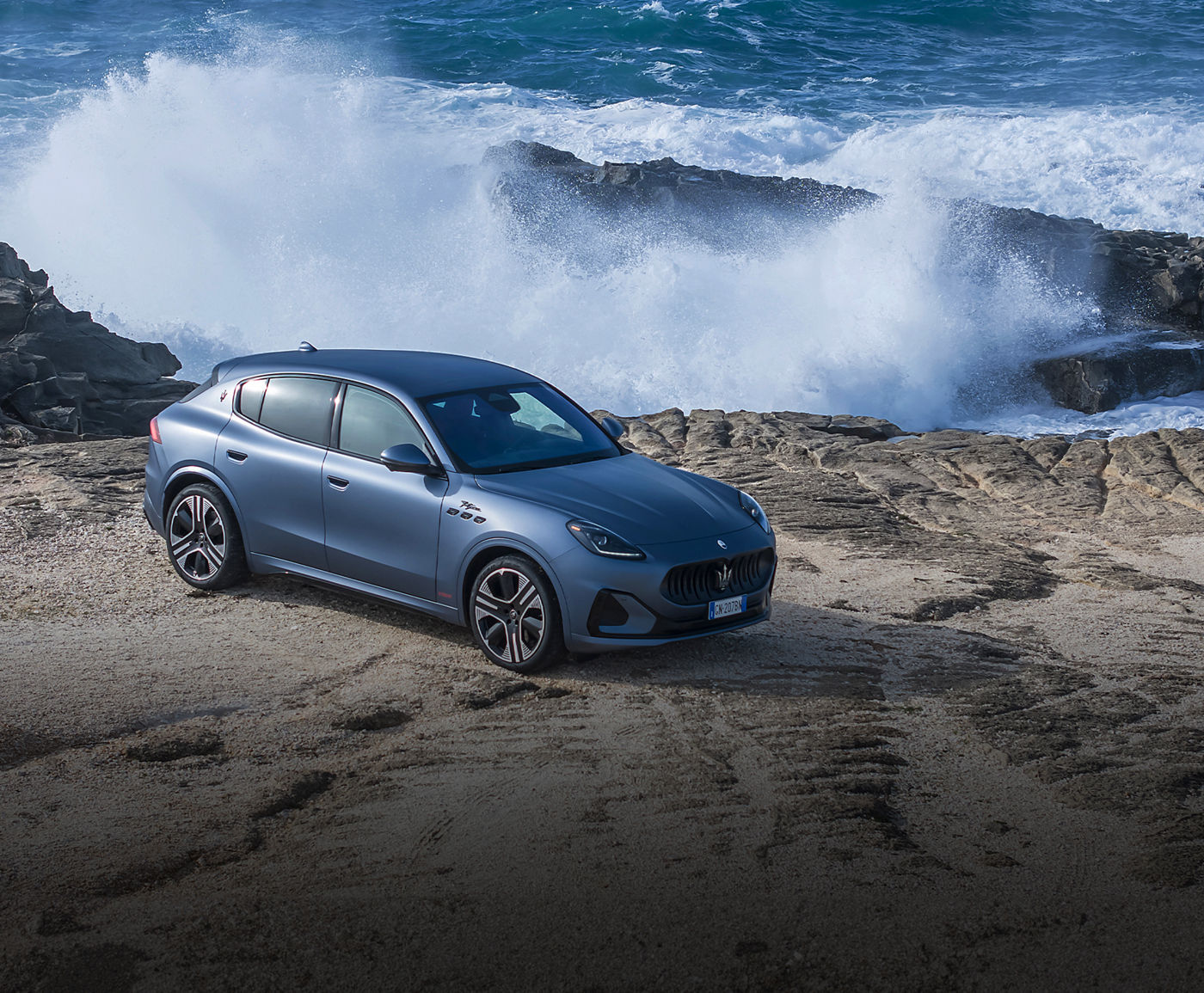
Everyday Exceptional
UPE ab1
84.624 €
Abbildung zeigt: Grecale Folgore Stromverbrauch (WLTP): kombiniert in kWh/100 km: 27,8-23,9* // CO₂-Emissionen: kombiniert 0 g/km* // Elektrische Reichweite in km: 431-501* // CO₂-Klasse: A // ¹ incl. 19% MwSt., zzgl. Überführungskosten
Top Speed
Acceleration
Acceleration
Power
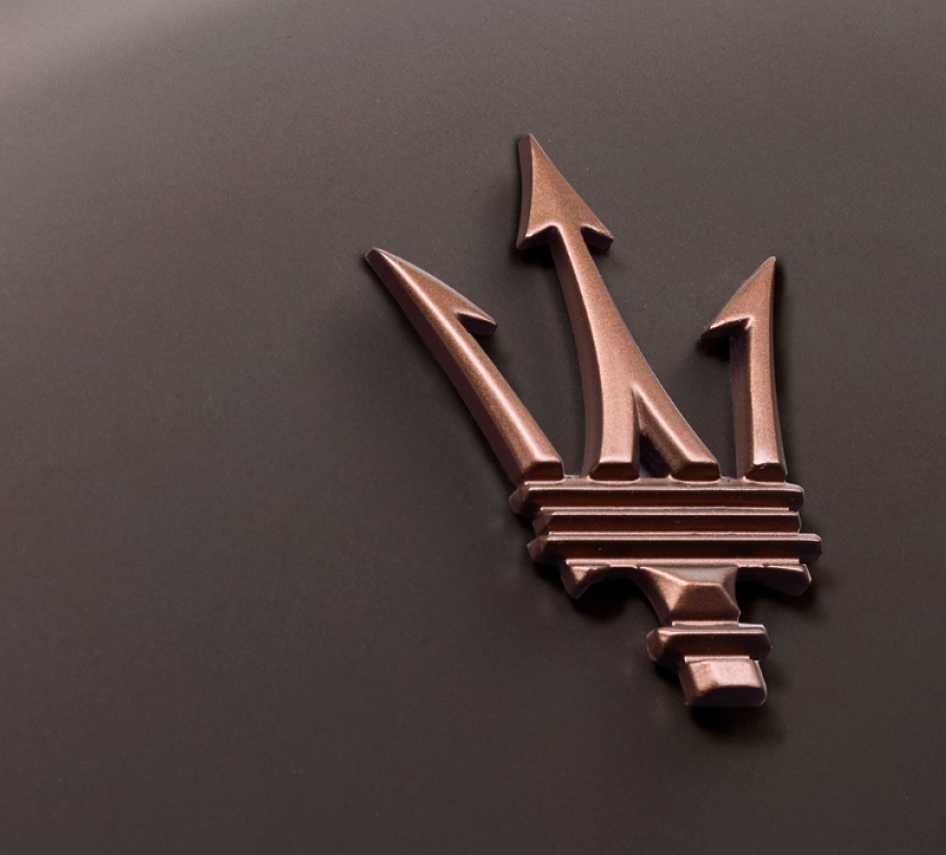
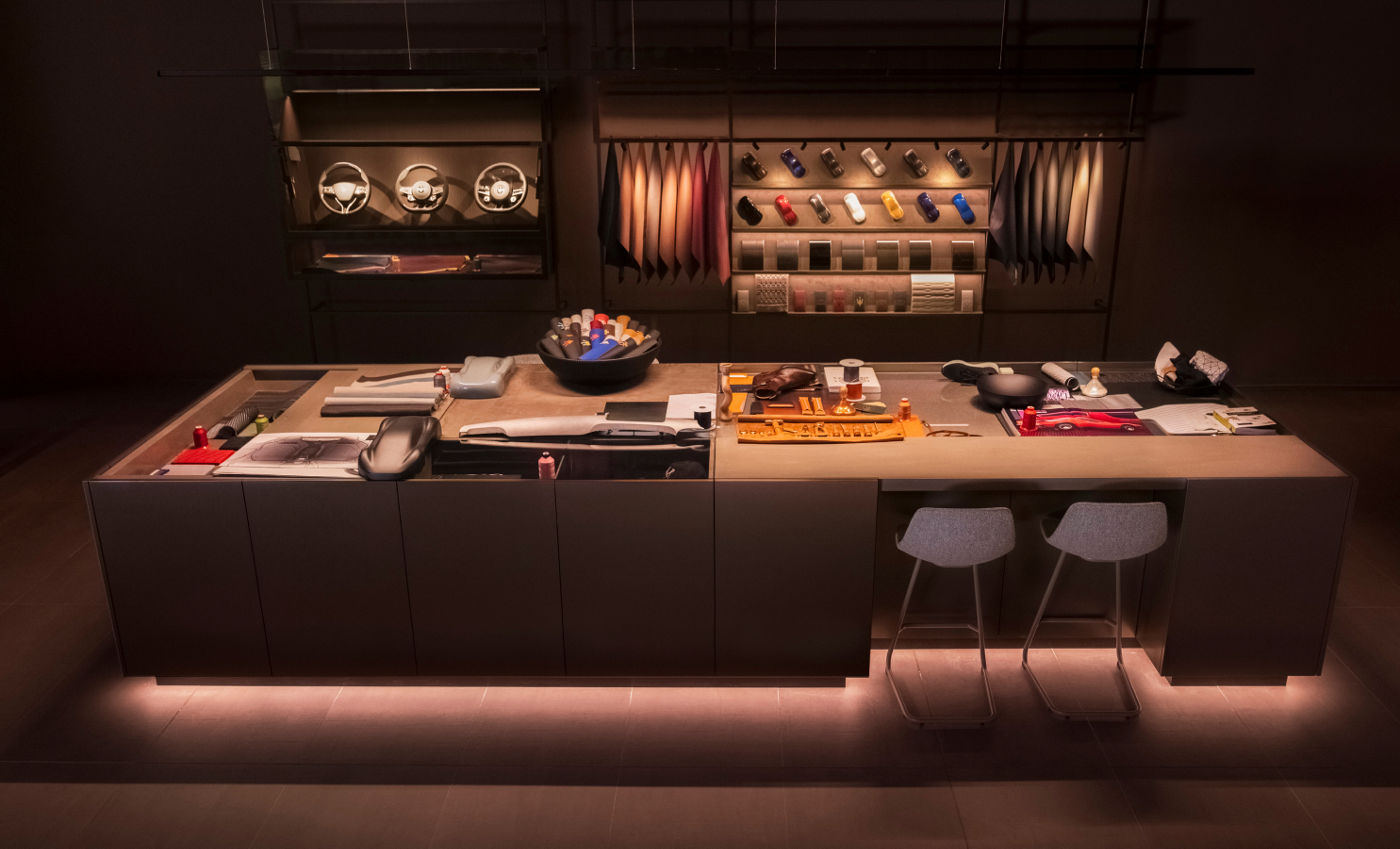
MC20 Verbrauch (WLTP): kombiniert 11,5 l/100 km* // CO₂-Emissionen: kombiniert 261 g/km* // CO₂-Klasse: G
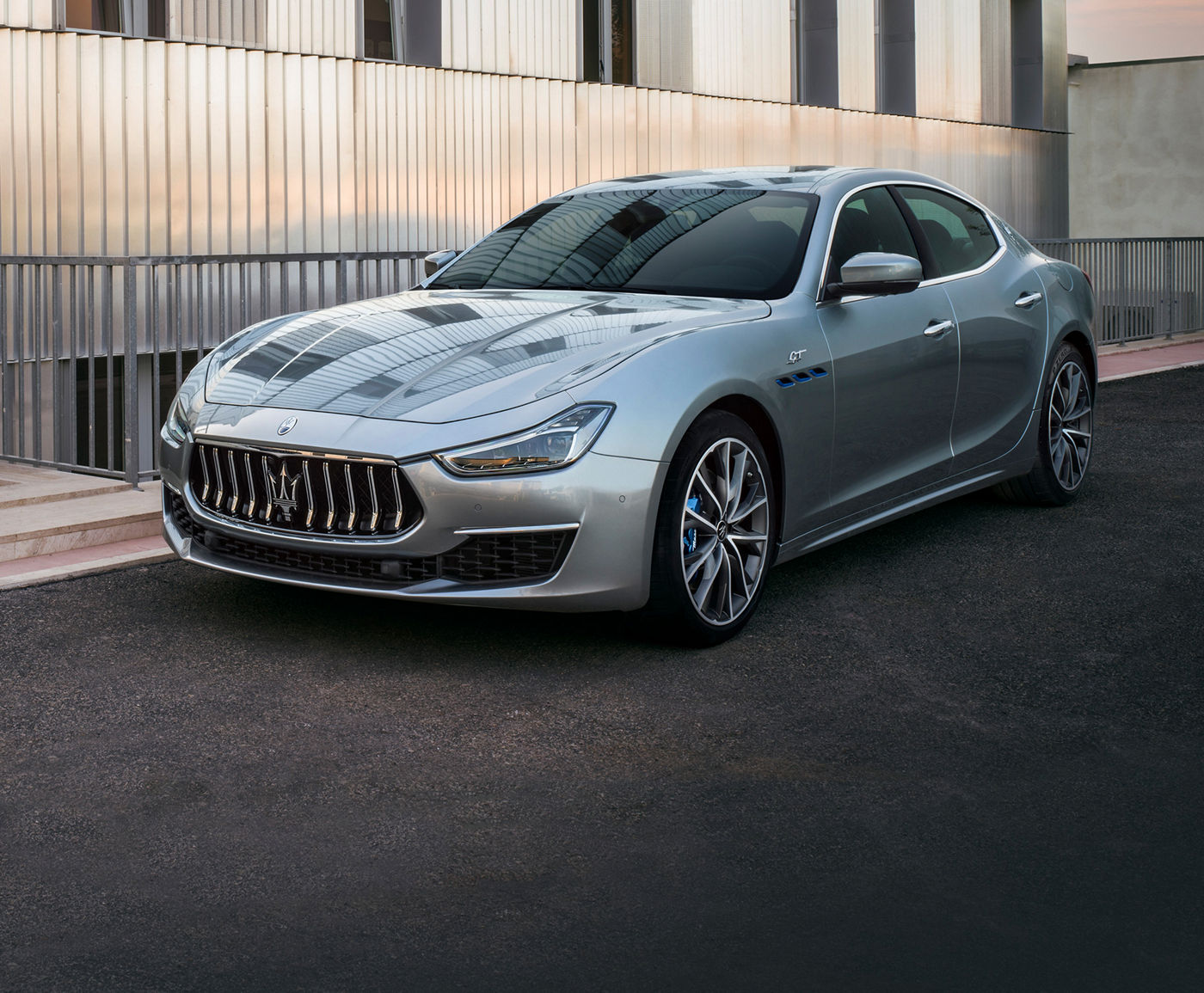
Sie sind nicht wie jeder andere
UPE ab1
103.545 €
Ghibli GT Verbrauch (WLTP): kombiniert 9,3-8,6 l/100 km* // CO₂-Emissionen: kombiniert 211-194 g/km* // CO₂-Klasse: G // ¹ incl. 19% MwSt., zzgl. Überführungskosten
Top Speed
Acceleration
Acceleration
Power


MC20 Verbrauch (WLTP): kombiniert 11,5 l/100 km* // CO₂-Emissionen: kombiniert 261 g/km* // CO₂-Klasse: G

Der Maserati aller SUVs
UPE ab1
109.528 €
Levante GT Verbrauch (WLTP): kombiniert 10,6-9,7 l/100 km* // CO₂-Emissionen: kombiniert 238-221 g/km* // CO₂-Klasse: G // ¹ incl. 19% MwSt., zzgl. Überführungskosten
Top Speed
Acceleration
Acceleration
Power


MC20 Verbrauch (WLTP): kombiniert 11,5 l/100 km* // CO₂-Emissionen: kombiniert 261 g/km* // CO₂-Klasse: G

Eine Ikone italienischer Eleganz
UPE ab1
172.068 €
Quattroporte Trofeo Verbrauch (WLTP): kombiniert 12,6-12,4 l/100km* // CO₂-Emissionen: kombiniert 285-279 g/km* // CO₂-Klasse: G // ¹ incl. 19% MwSt., zzgl. Überführungskosten
Top Speed
Acceleration
Acceleration
Power


MC20 Verbrauch (WLTP): kombiniert 11,5 l/100 km* // CO₂-Emissionen: kombiniert 261 g/km* // CO₂-Klasse: G

The Others Just Travel.
UPE ab1
178.608
Abbildung zeigt: GranTurismo Folgore Stromverbrauch (WLTP): kombiniert in kWh/100 km: 23,1-22,1* // CO₂-Emissionen: kombiniert 0 g/km* // Elektrische Reichweite in km: 433-455* // CO₂-Klasse: A // ¹ incl. 19% MwSt., zzgl. Überführungskosten
Top Speed
Acceleration
Acceleration
Power


MC20 Verbrauch (WLTP): kombiniert 11,5 l/100 km* // CO₂-Emissionen: kombiniert 261 g/km* // CO₂-Klasse: G
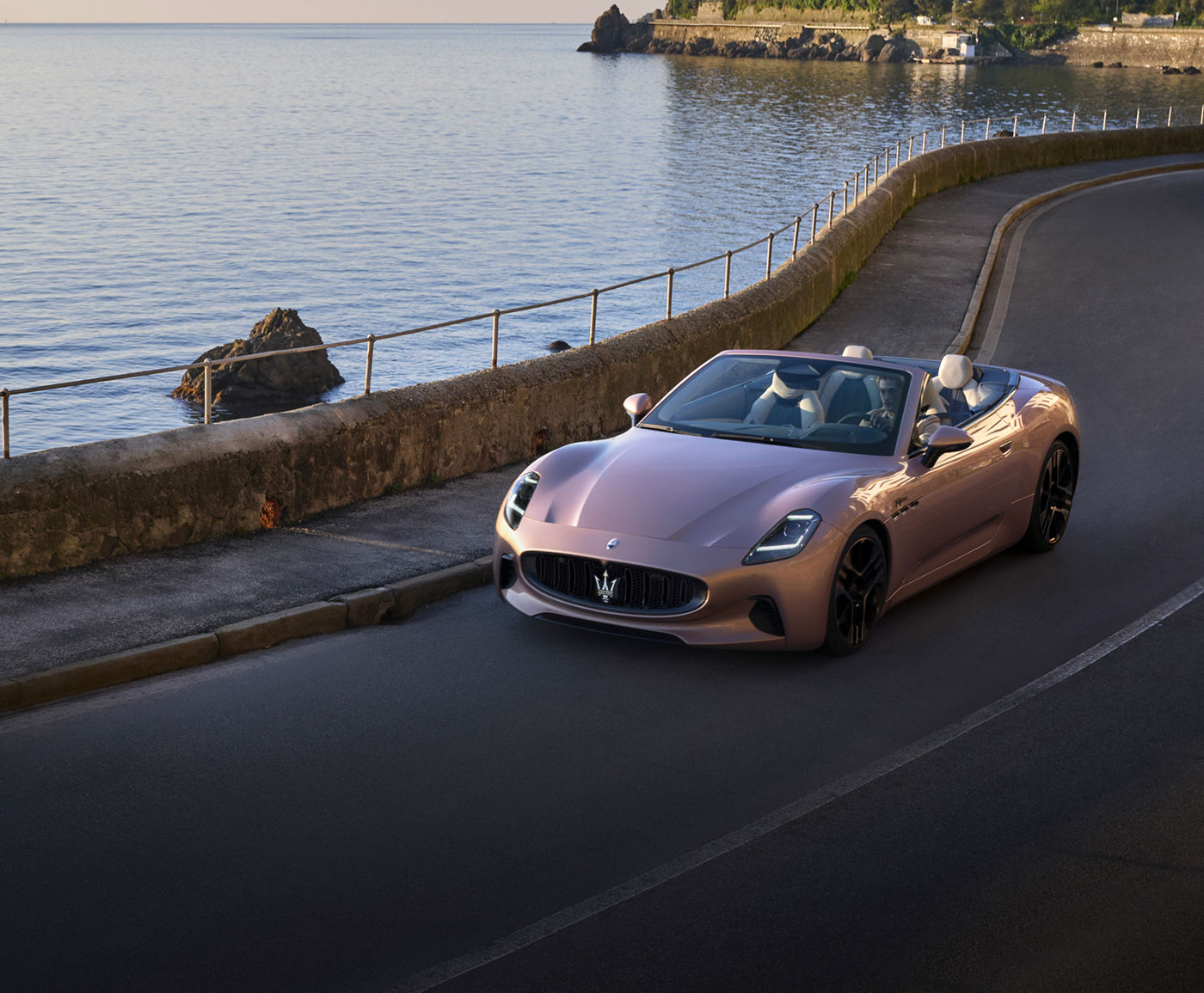
Drive Like the Best Is Yet to Come
UPE ab1
206.713
GranCabrio Folgore Stromverbrauch (WLTP): kombiniert in kWh/100 km: 23,7-22,3* // CO₂-Emissionen: kombiniert 0 g/km* // Elektrische Reichweite in km: 419-449* // CO₂-Klasse: A // ¹ incl. 19% MwSt., zzgl. Überführungskosten
Top Speed
Acceleration
Acceleration
Power


MC20 Verbrauch (WLTP): kombiniert 11,5 l/100 km* // CO₂-Emissionen: kombiniert 261 g/km* // CO₂-Klasse: G

The First of Its Kind
MC20 Verbrauch (WLTP): kombiniert 11,5 l/100 km* // CO₂-Emissionen: kombiniert 261 g/km* // CO₂-Klasse: G
Top Speed
Acceleration
Acceleration
Power


MC20 Verbrauch (WLTP): kombiniert 11,5 l/100 km* // CO₂-Emissionen: kombiniert 261 g/km* // CO₂-Klasse: G

Beyond The Sky
MC20 Cielo Verbrauch (WLTP): kombiniert 11,7 l/100 km* // CO₂-Emissionen: kombiniert 265 g/km* // CO₂-Klasse: G
Top Speed
Acceleration
Acceleration
Power


MC20 Verbrauch (WLTP): kombiniert 11,5 l/100 km* // CO₂-Emissionen: kombiniert 261 g/km* // CO₂-Klasse: G

Racing is Life
GT2 Stradale Verbrauch (WLTP): kombiniert 11,6 l/100 km* // CO₂-Emissionen: kombiniert 265 g/km* // CO₂-Klasse: G
Top Speed
Acceleration
Acceleration
Power


MC20 Verbrauch (WLTP): kombiniert 11,5 l/100 km* // CO₂-Emissionen: kombiniert 261 g/km* // CO₂-Klasse: G
Geschichte
Werte
Latest from the Tridente
Maserati Membership
Fuoriserie
Corse
Legacy
Erfahrungen
Store
Partners
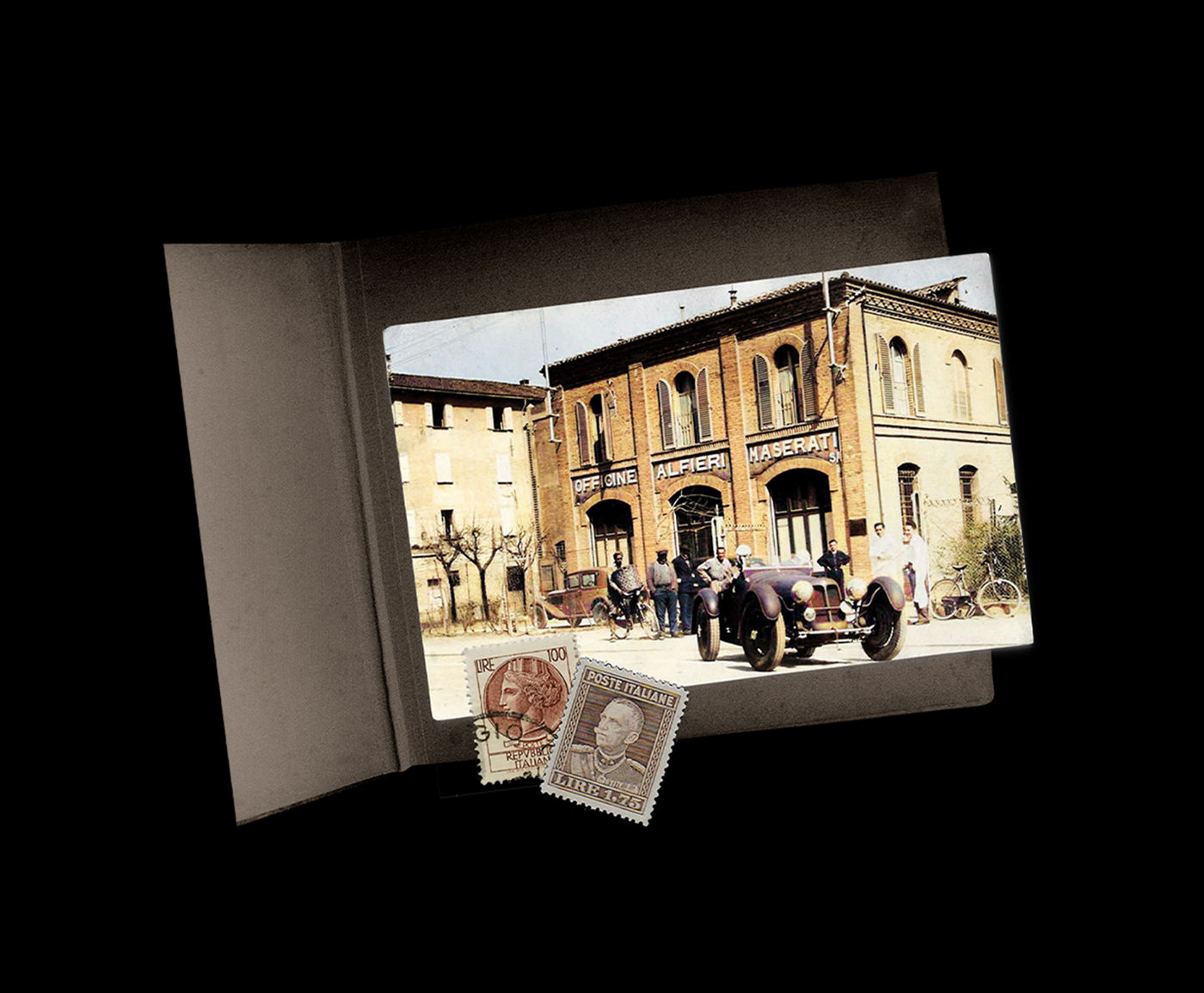
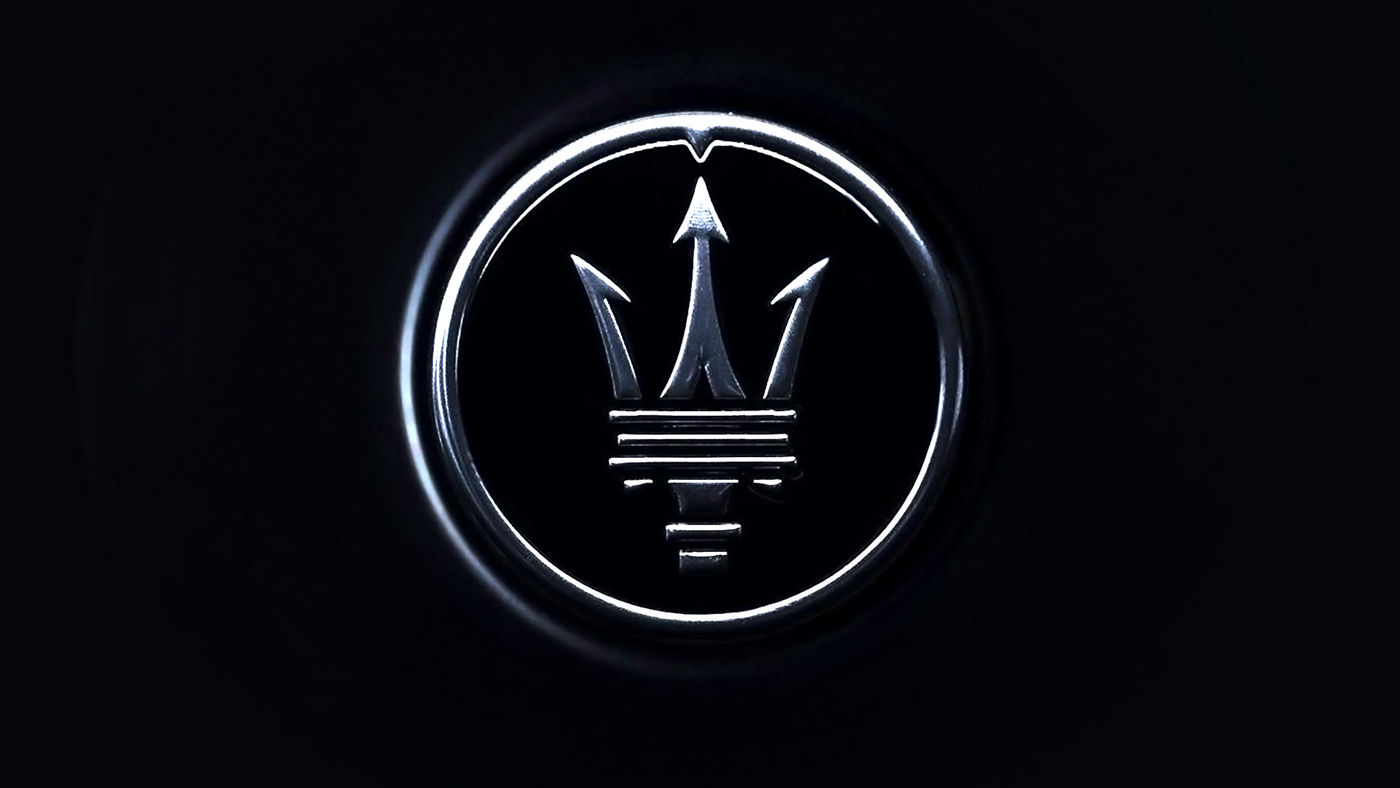
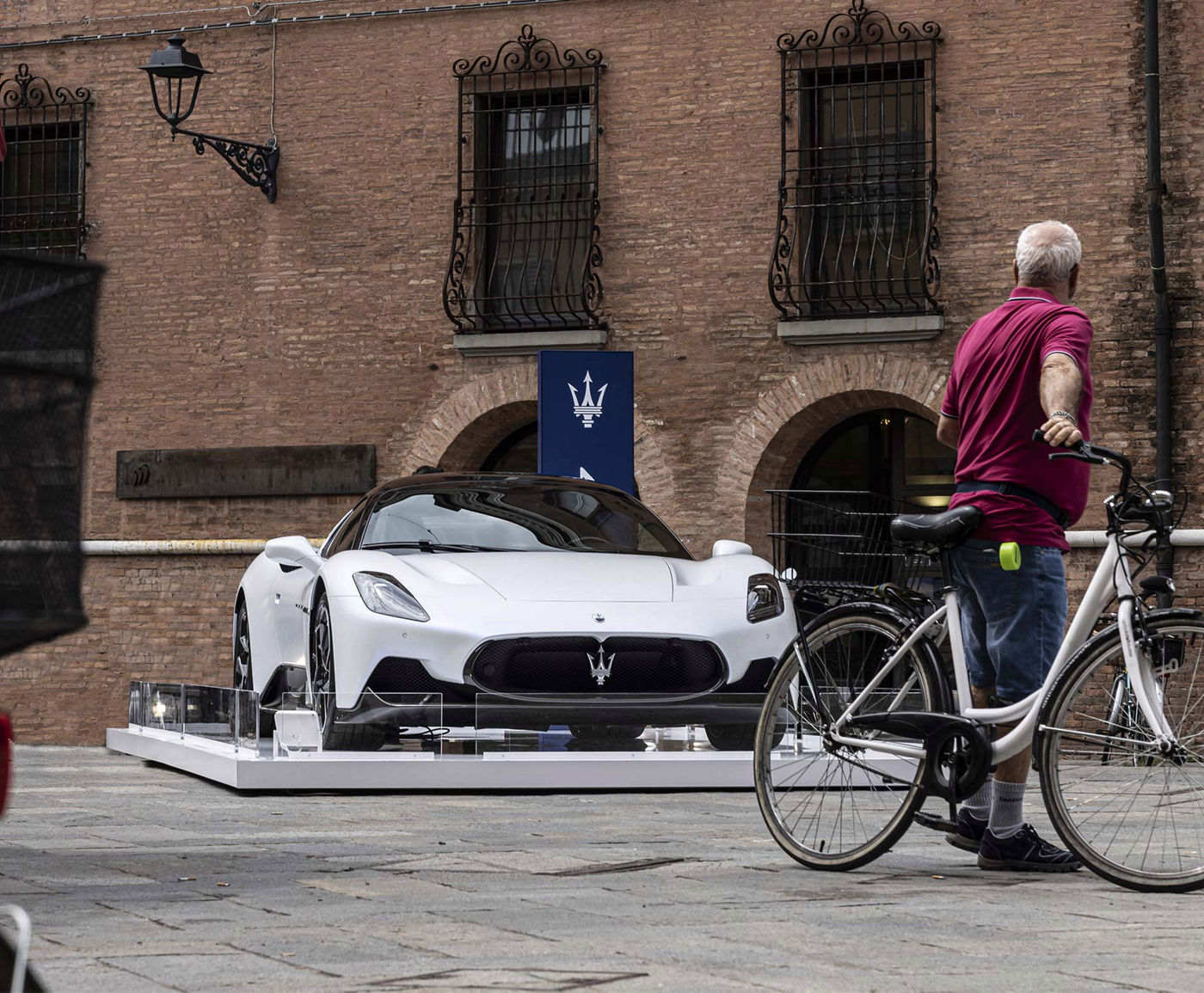
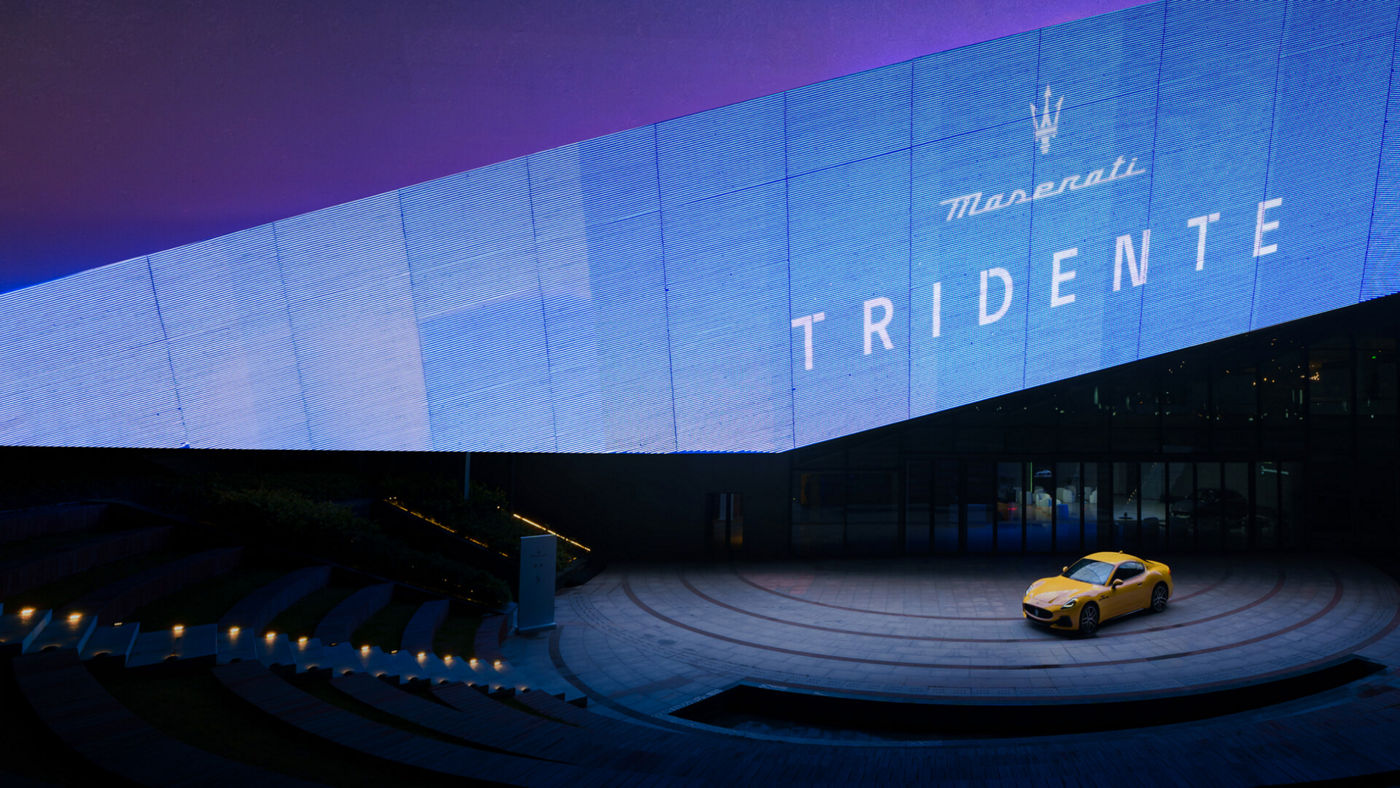


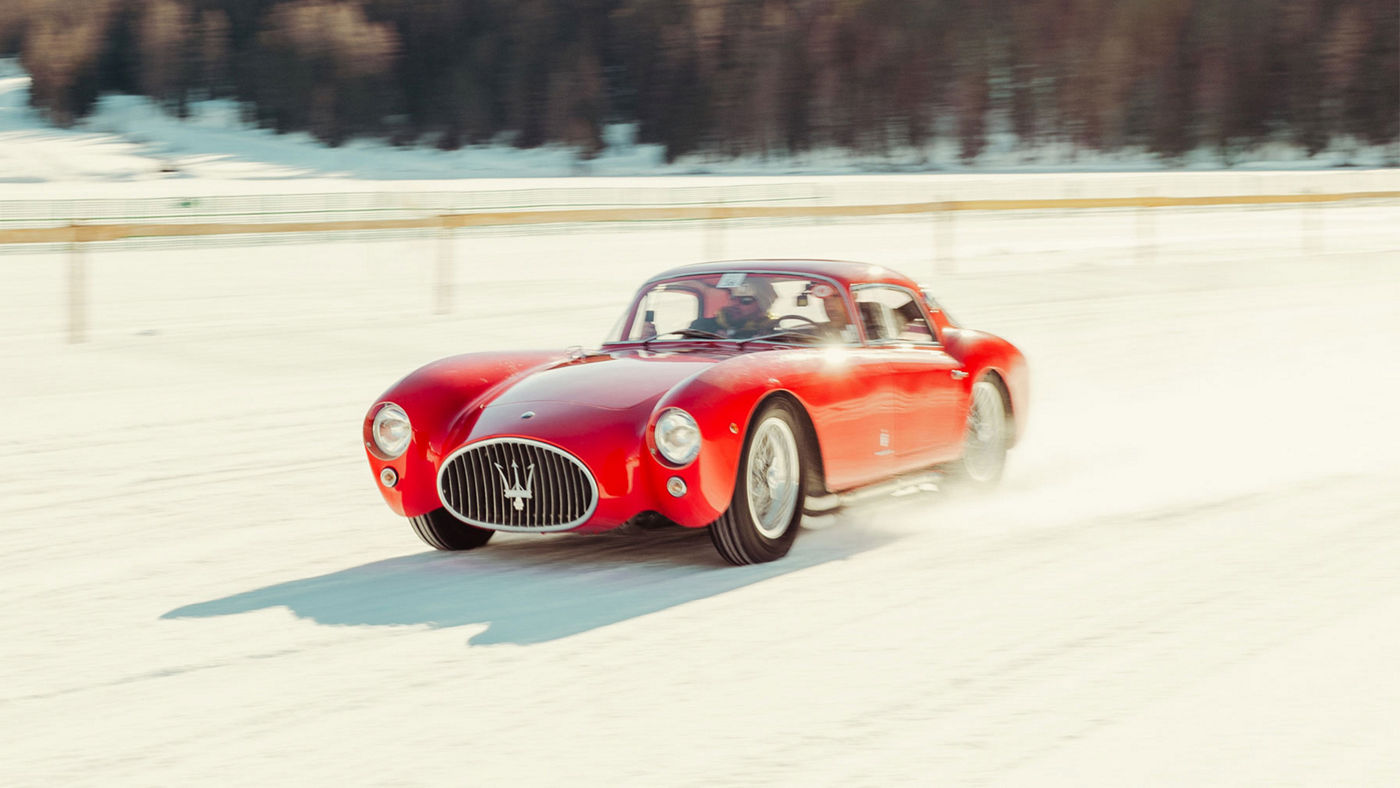
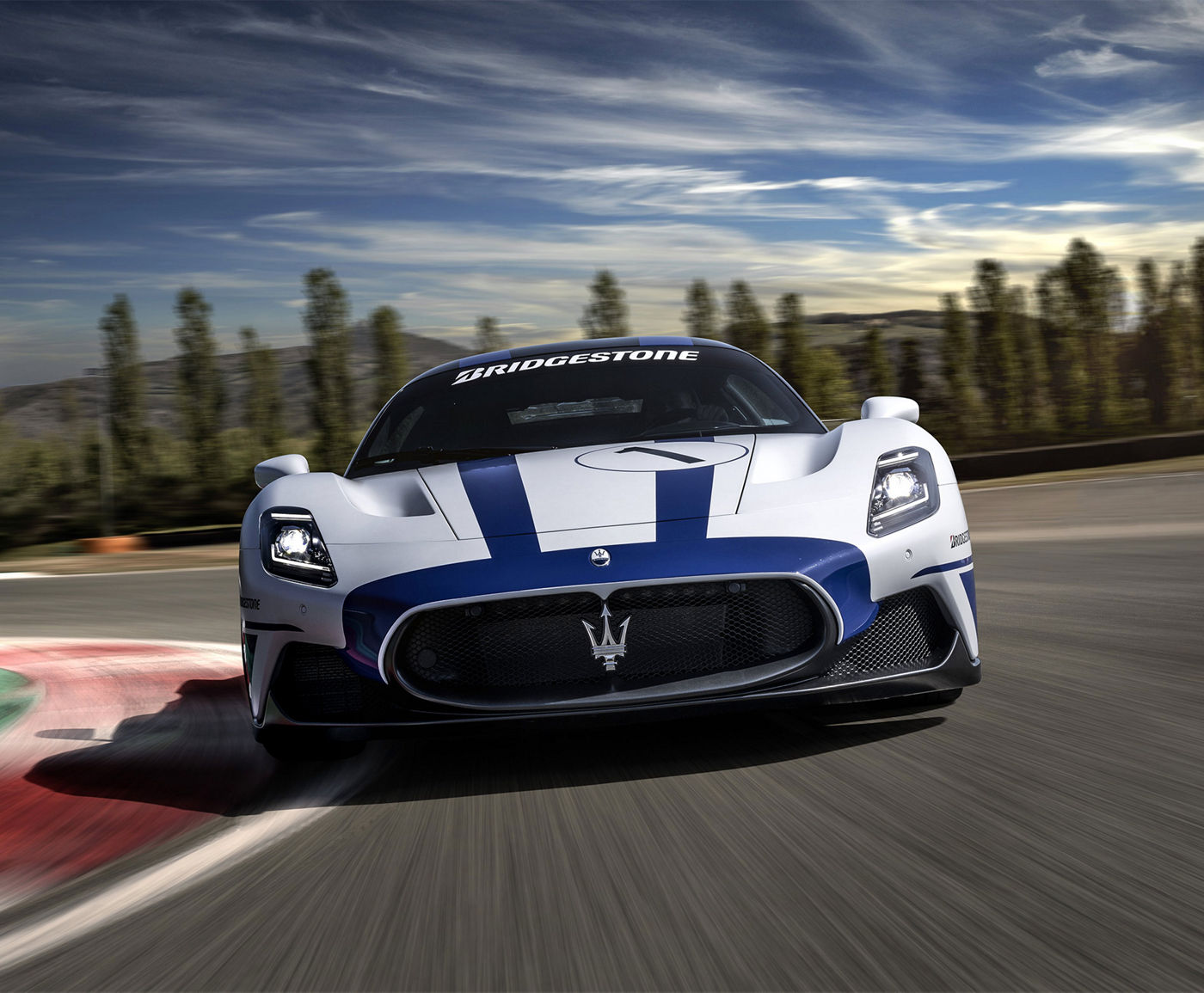
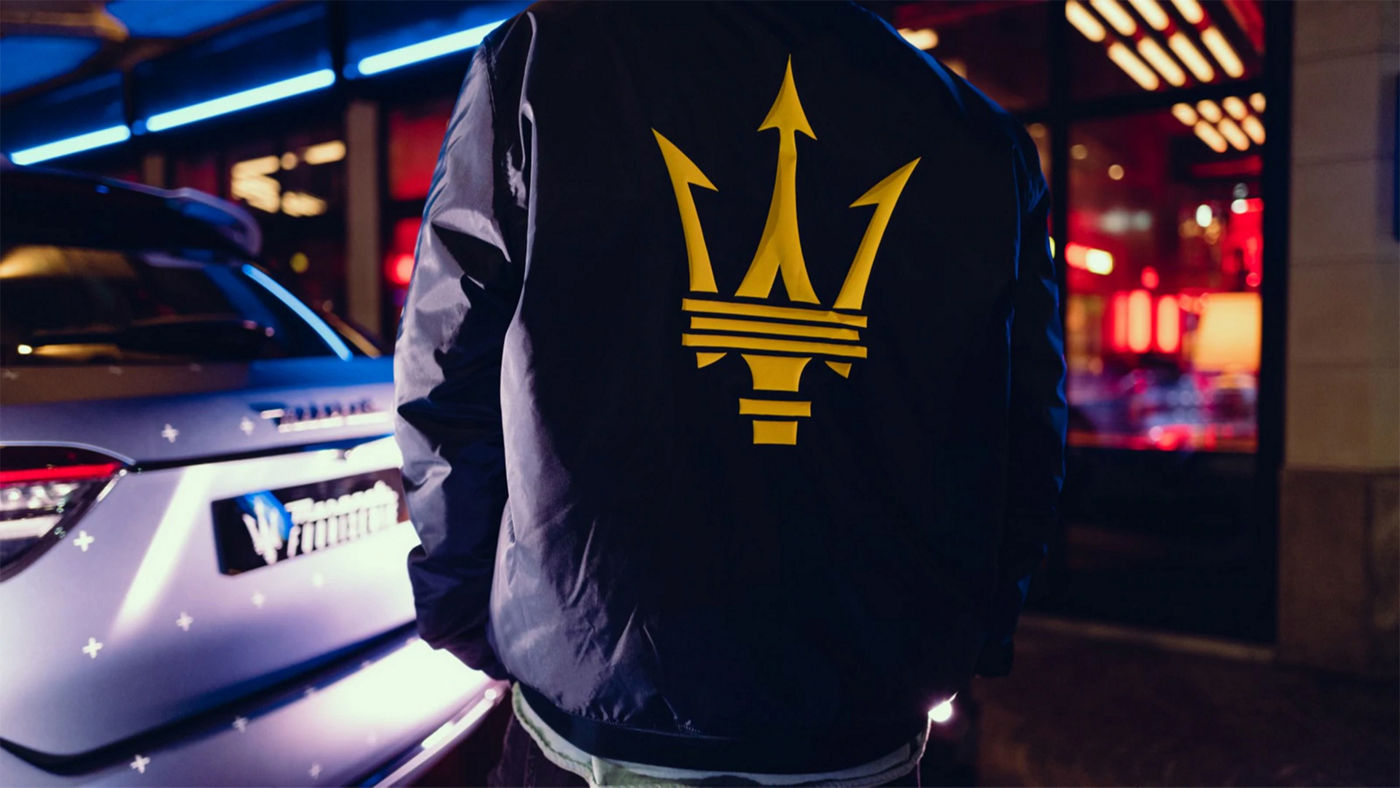

GranCabrio Folgore Stromverbrauch (WLTP): kombiniert in kWh/100 km: 23,7-22,3* // CO₂-Emissionen: kombiniert 0 g/km* //Elektrische Reichweite in km: 419-449* // CO₂-Klasse: A
Maserati Connect
Maserati Heritage
Stories of Audacity
Finanzdienstleistungen
Certified pre-owned
Service und Assistenz
Customization
Maserati Club
